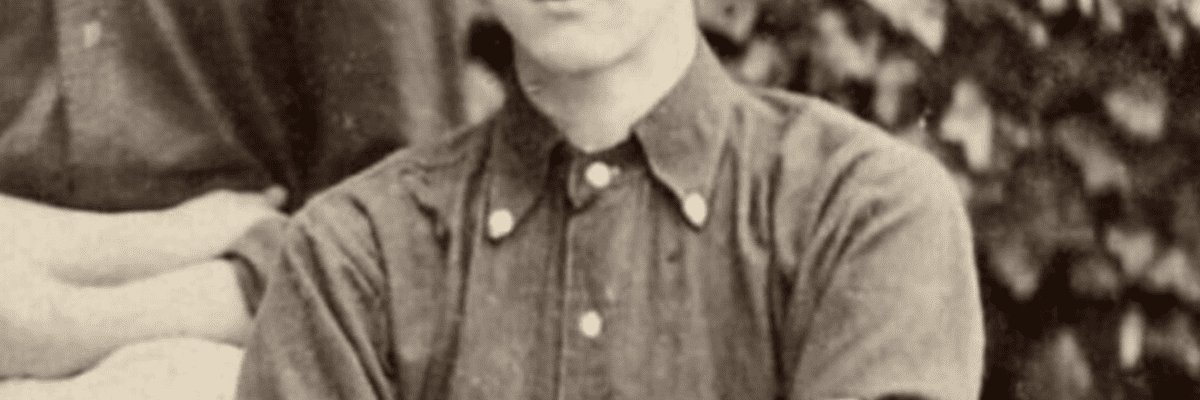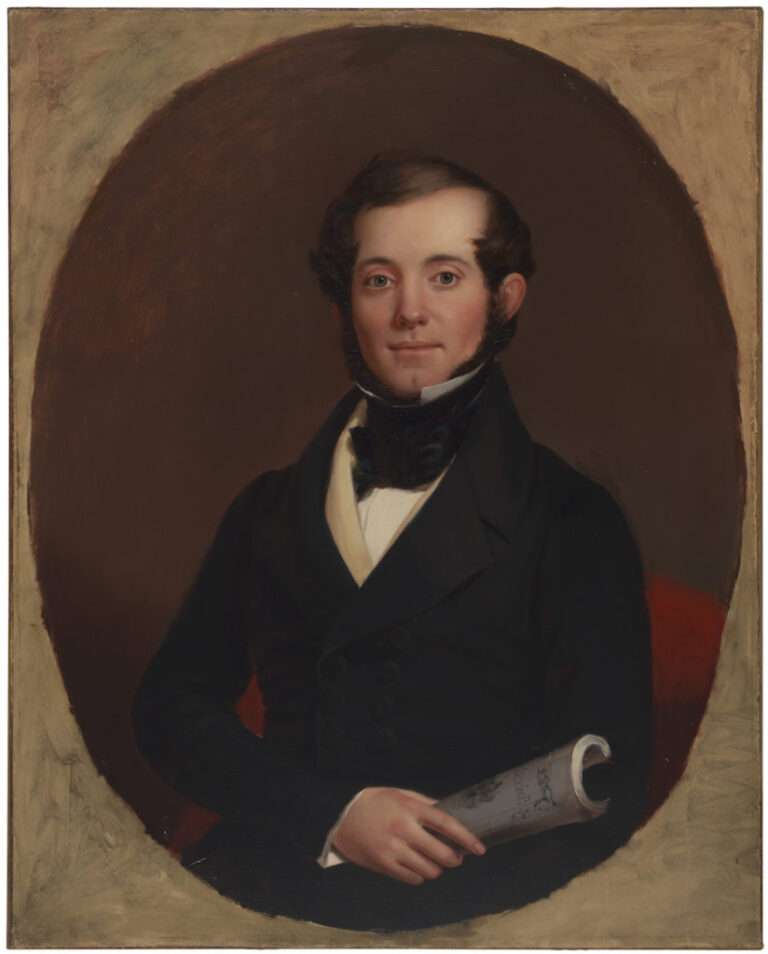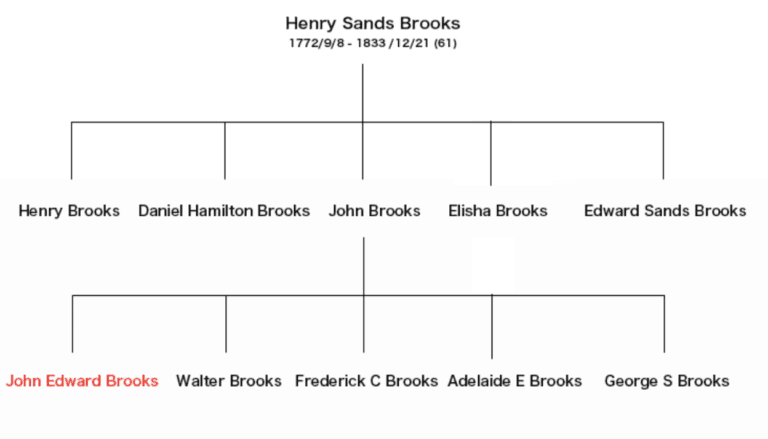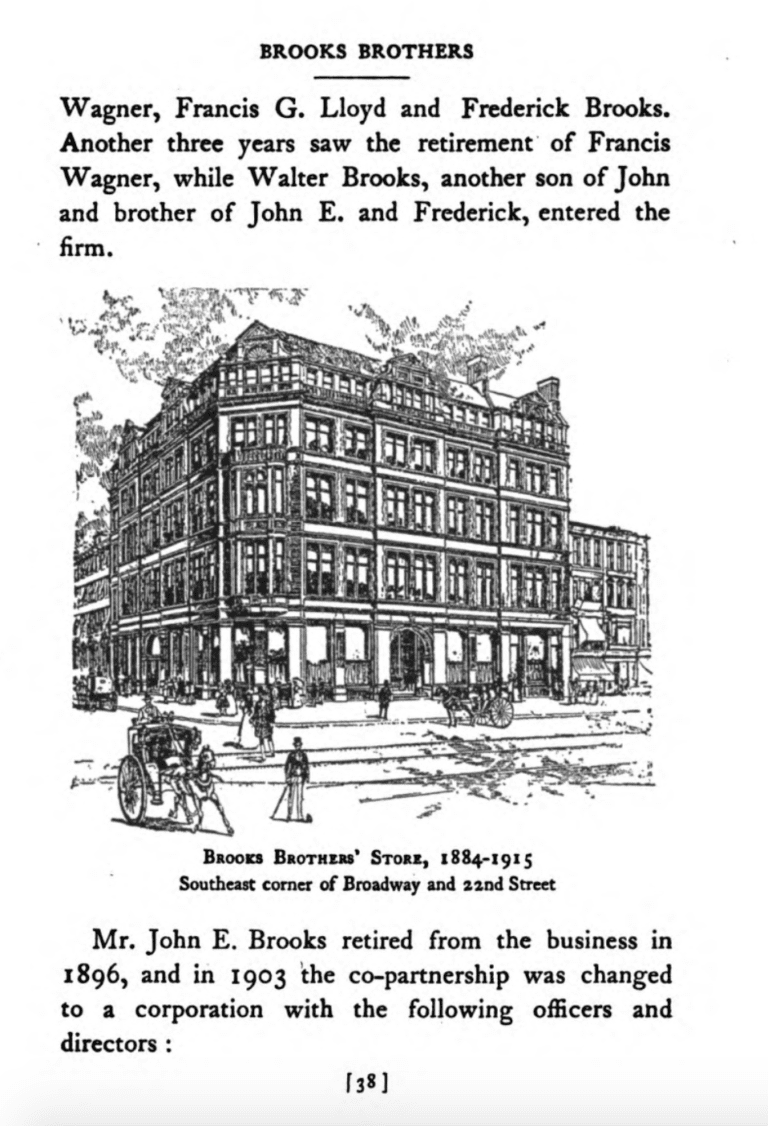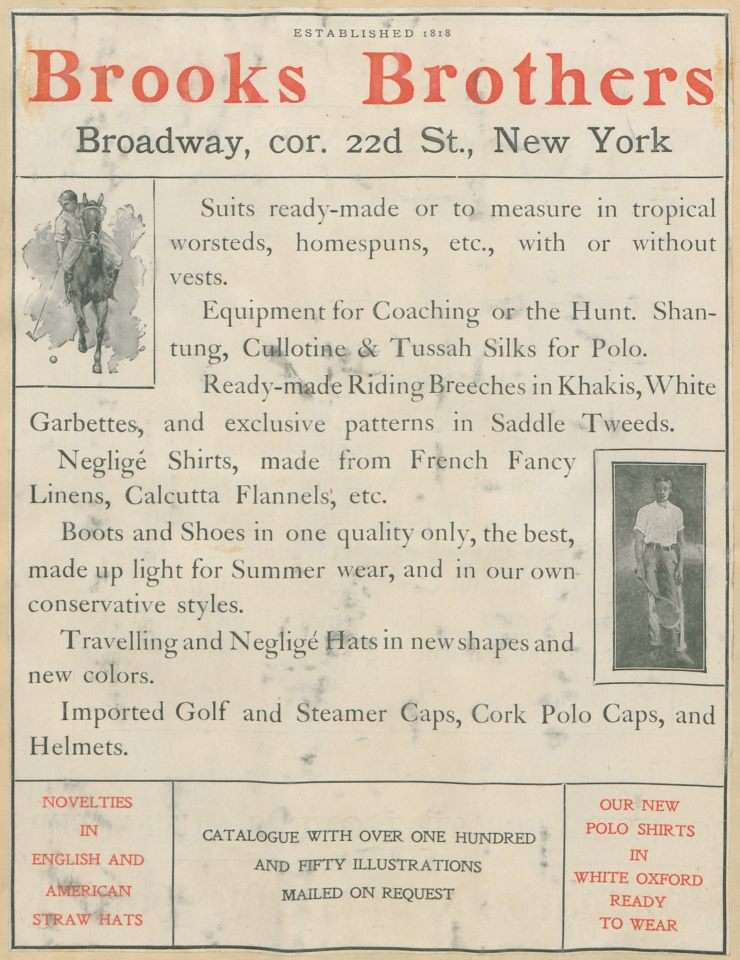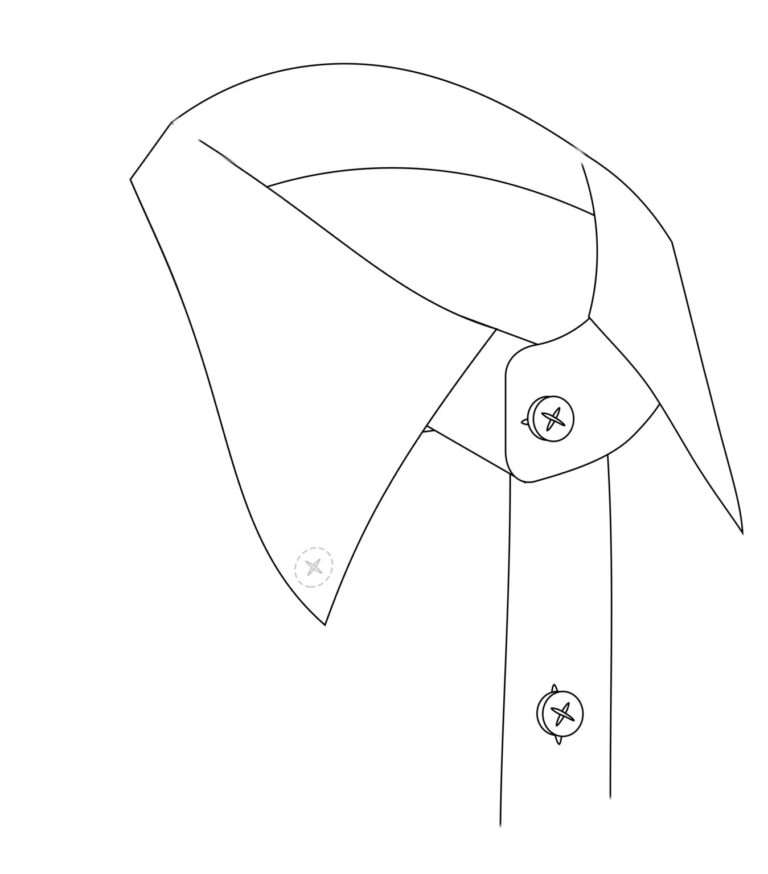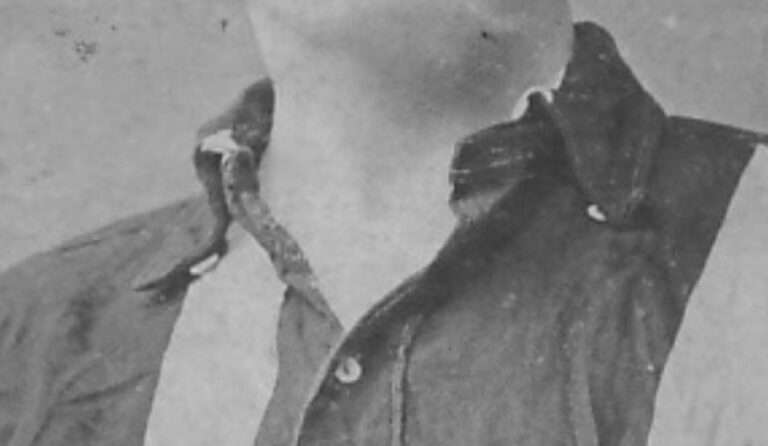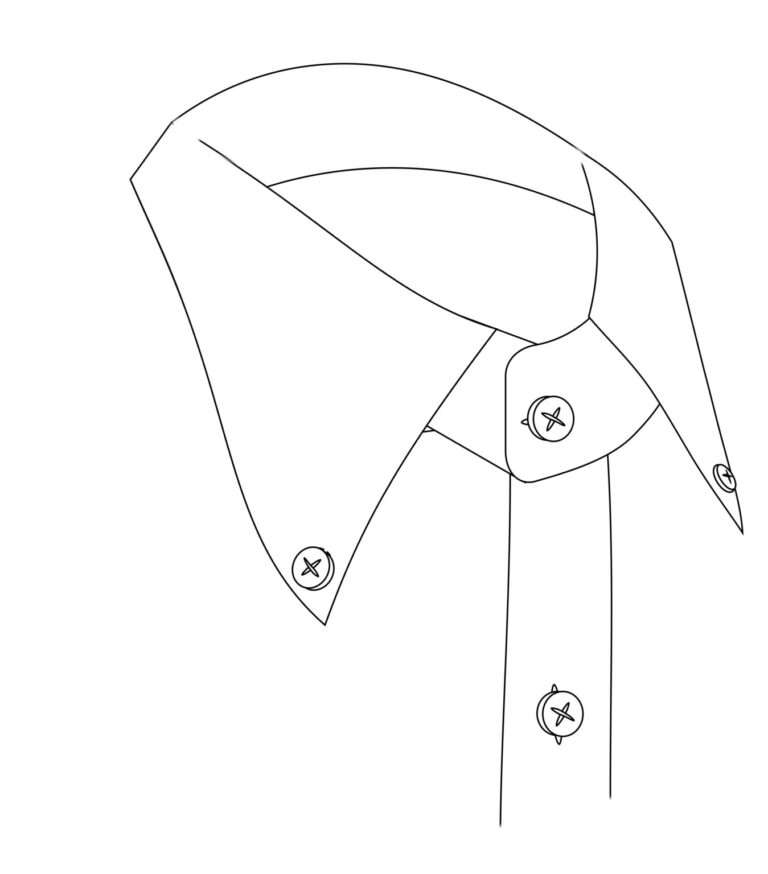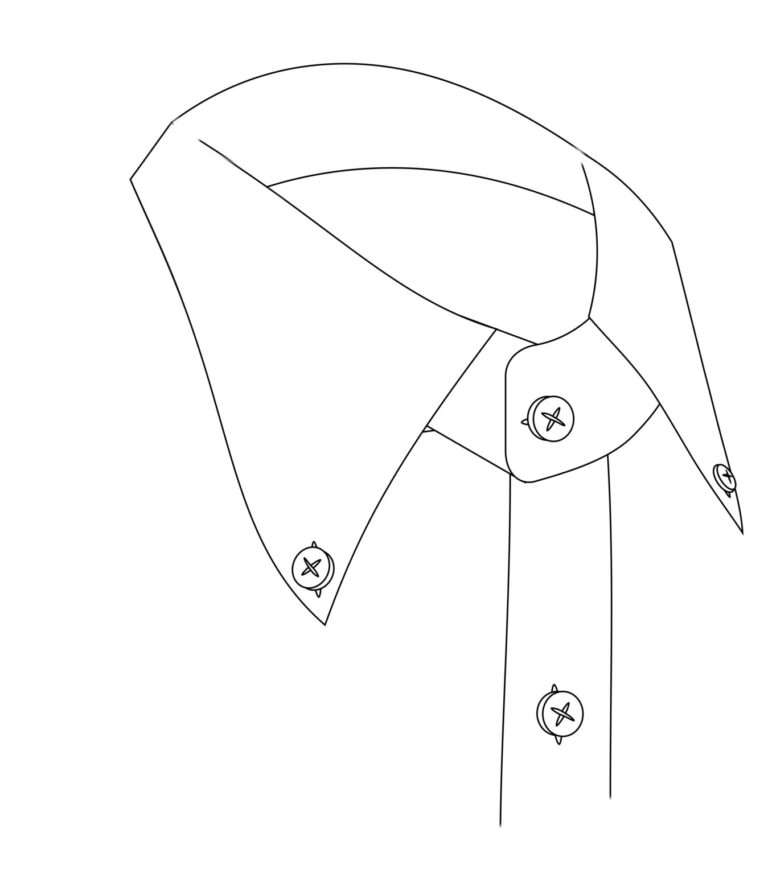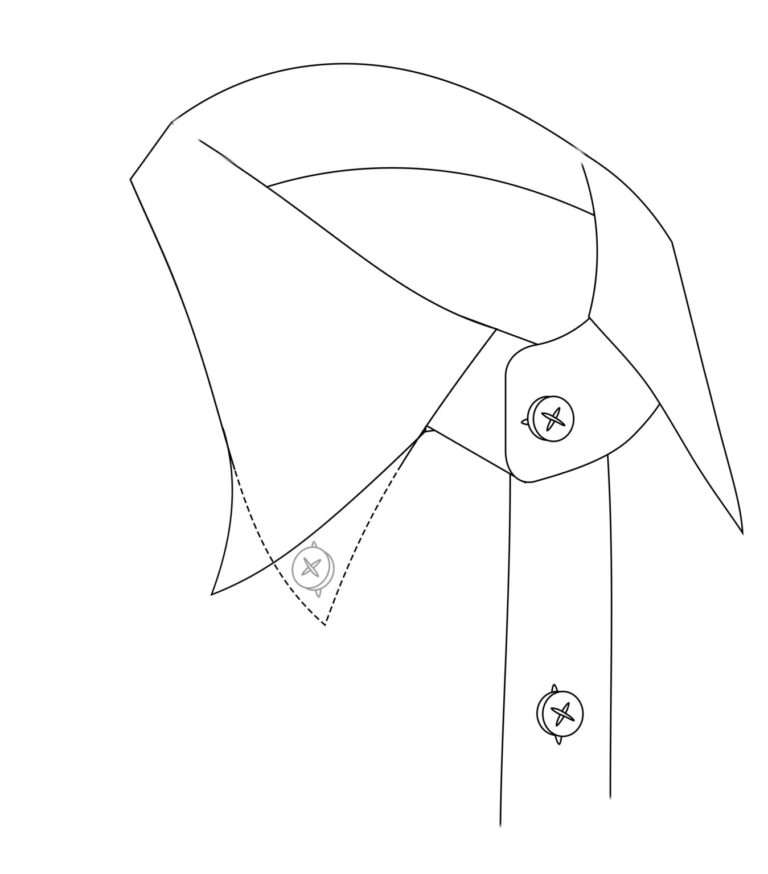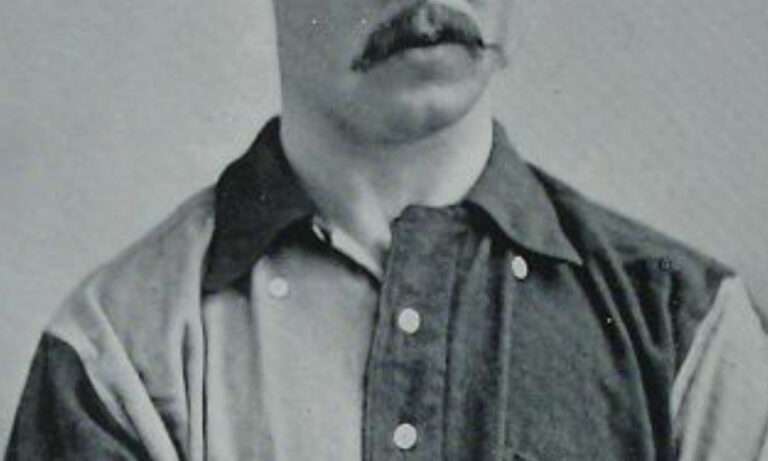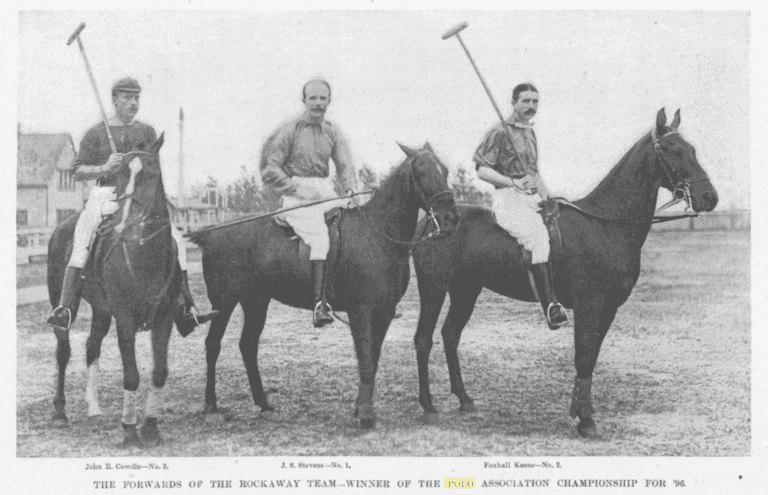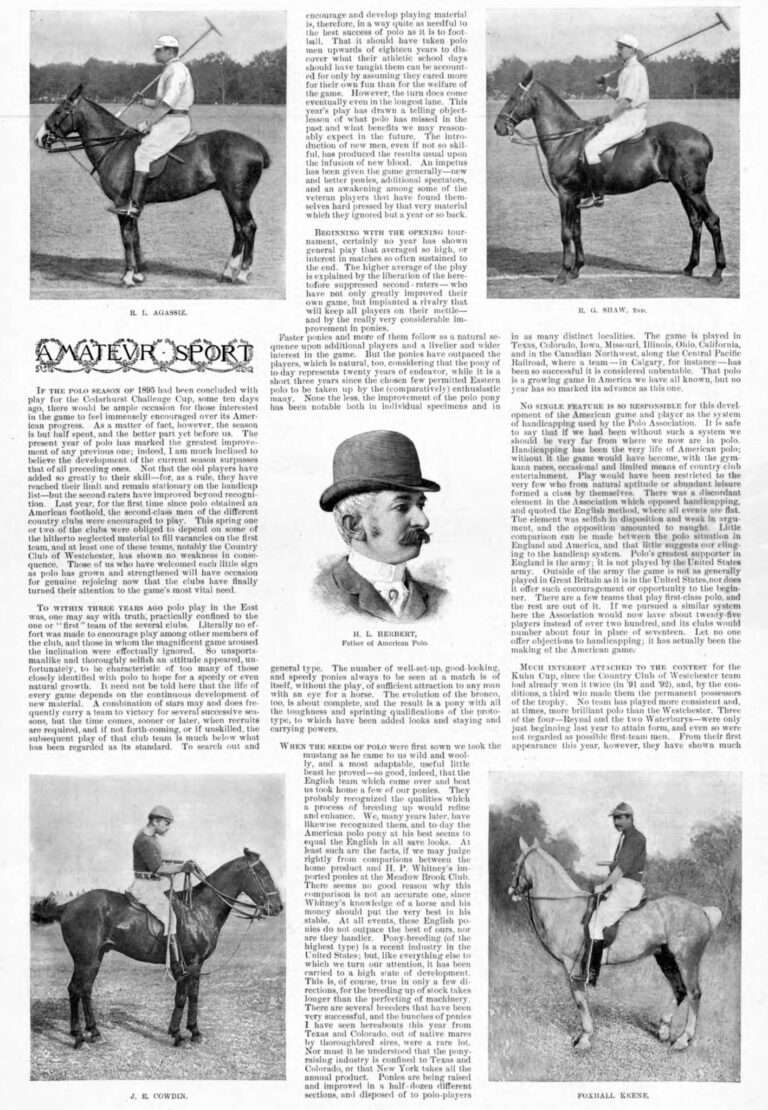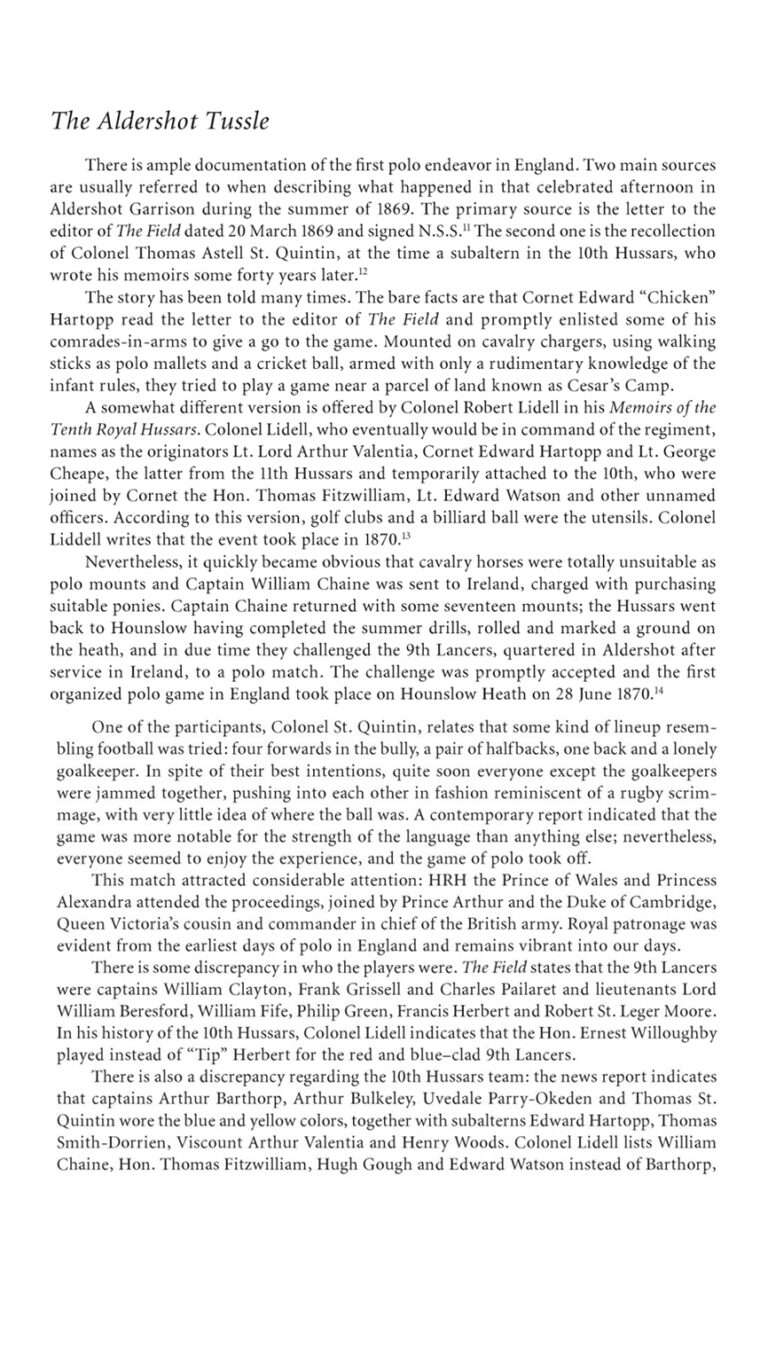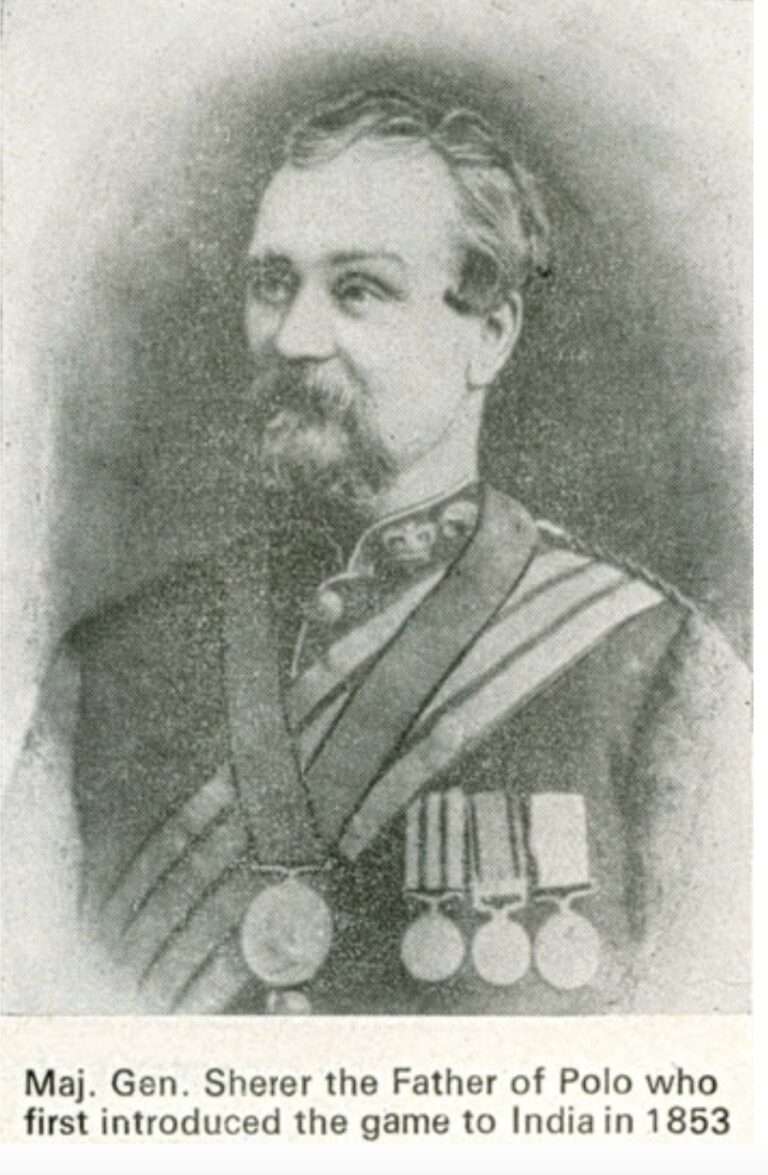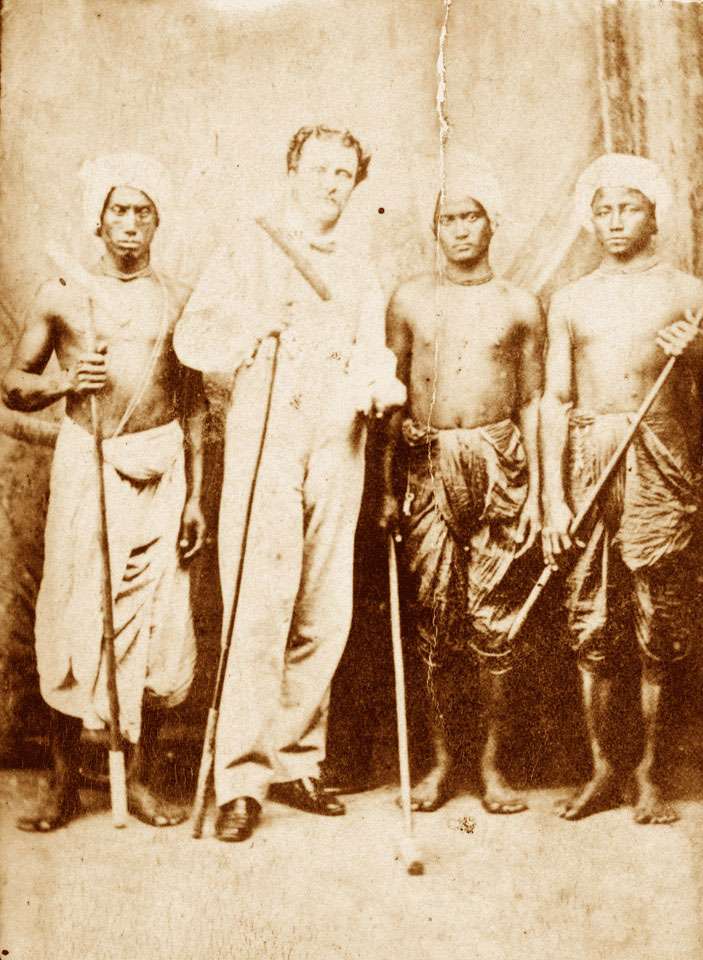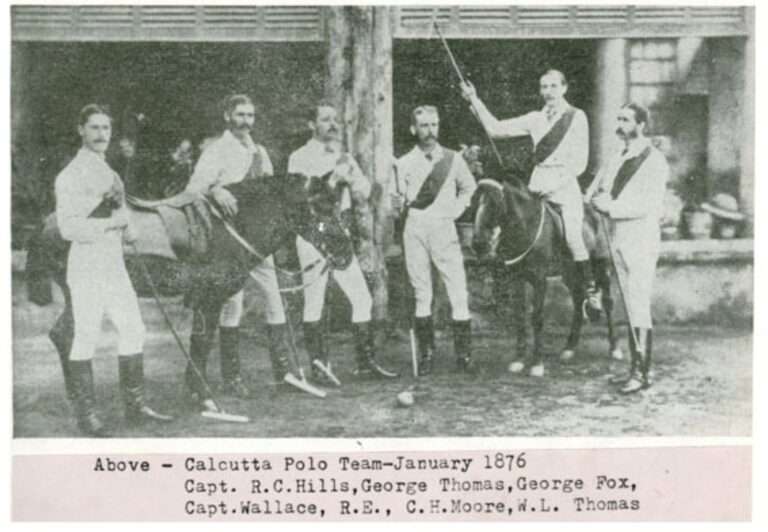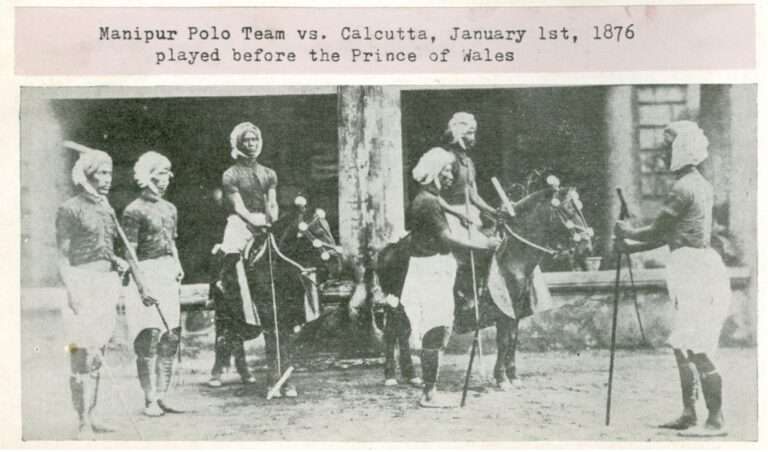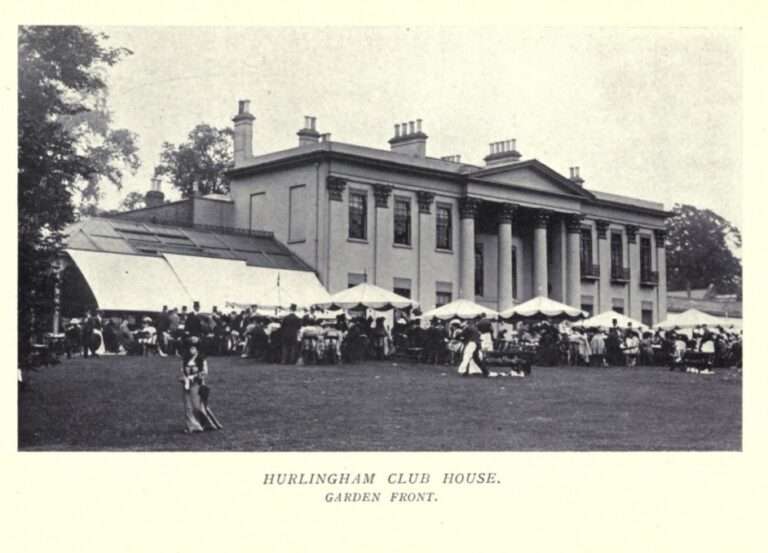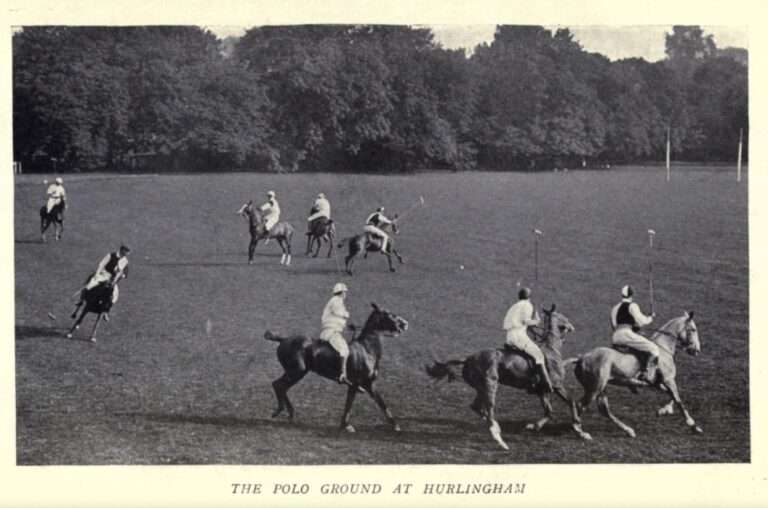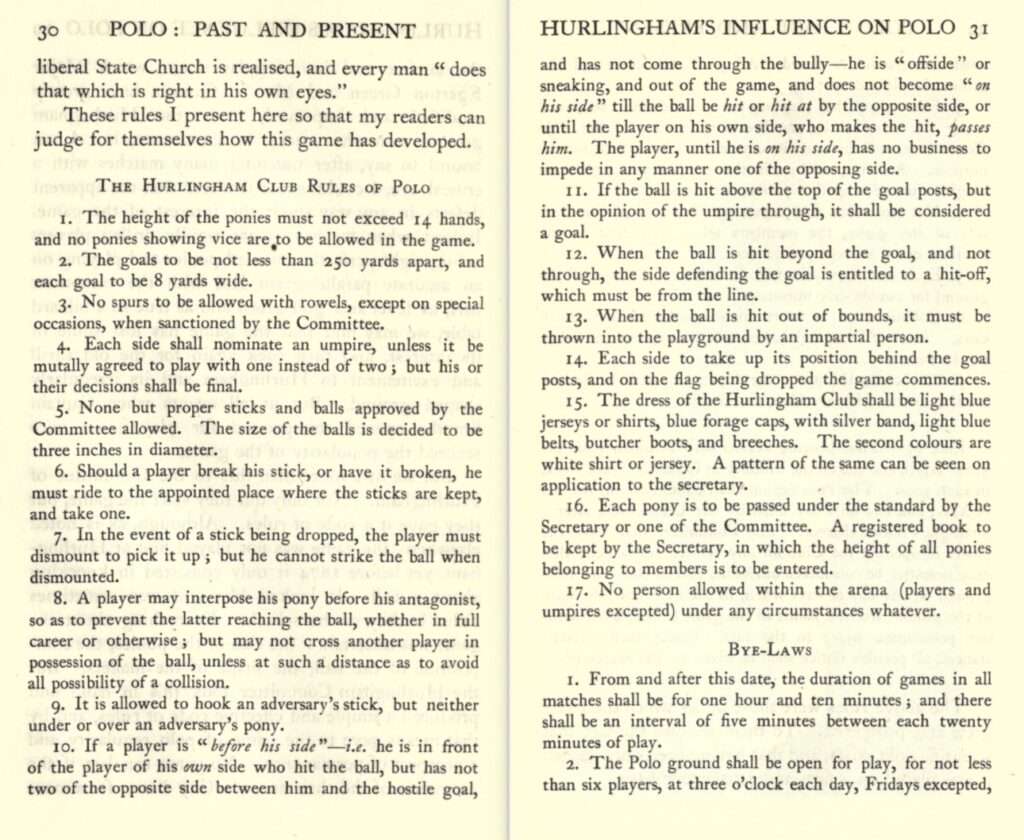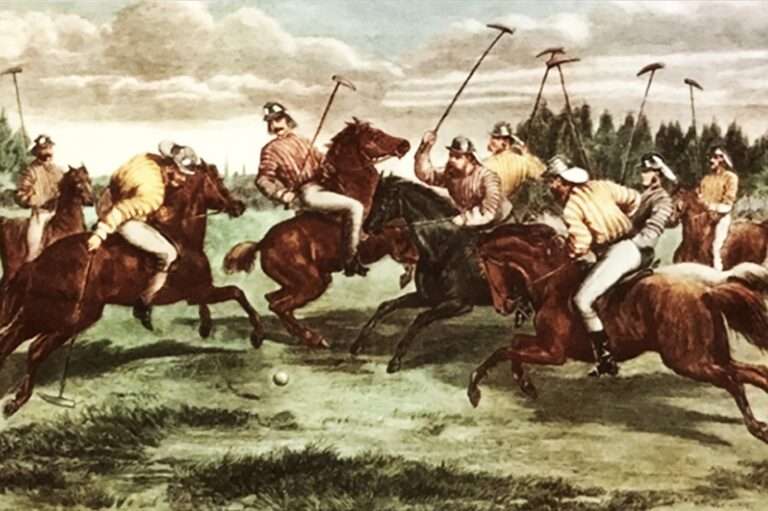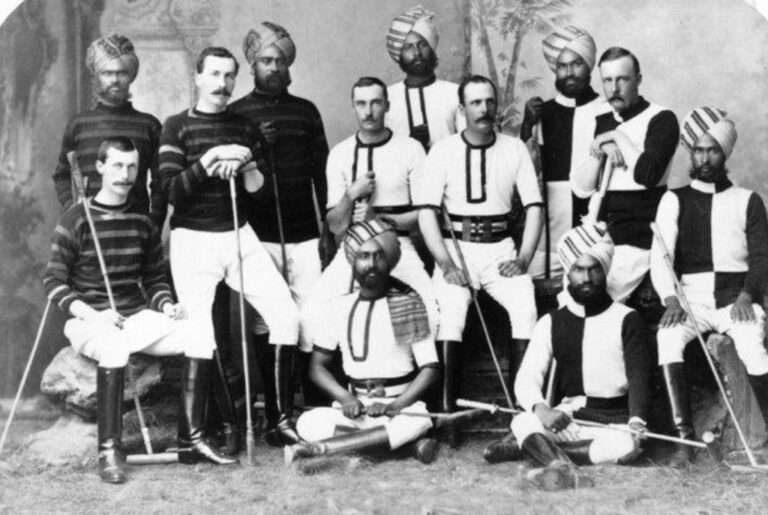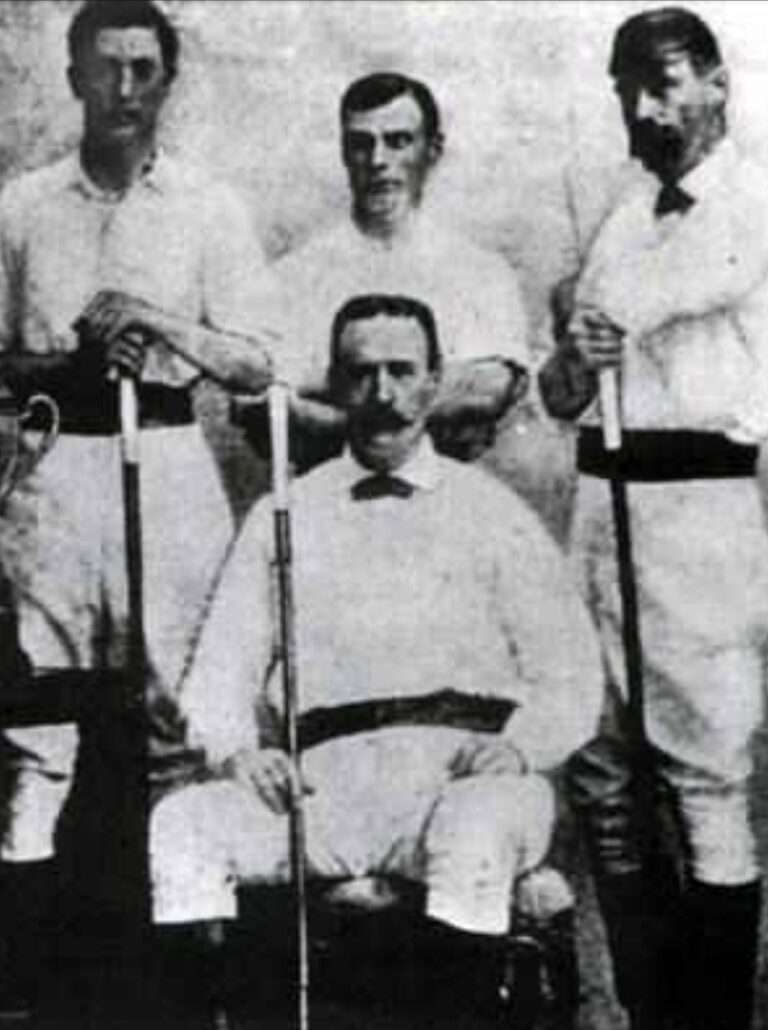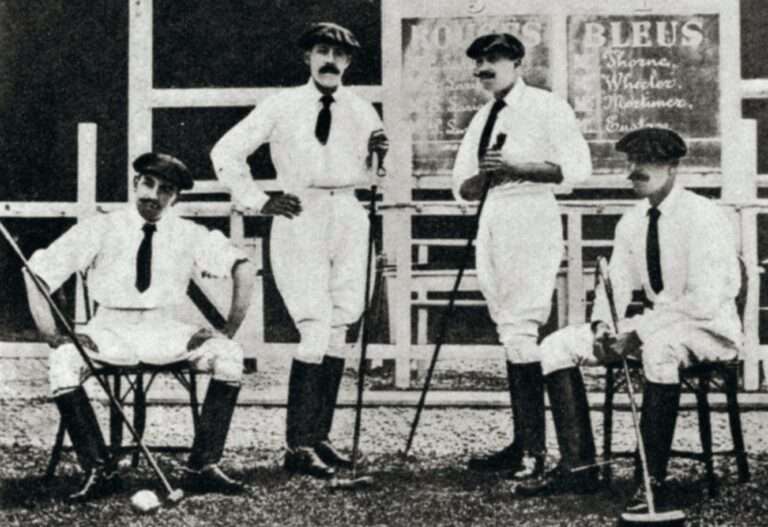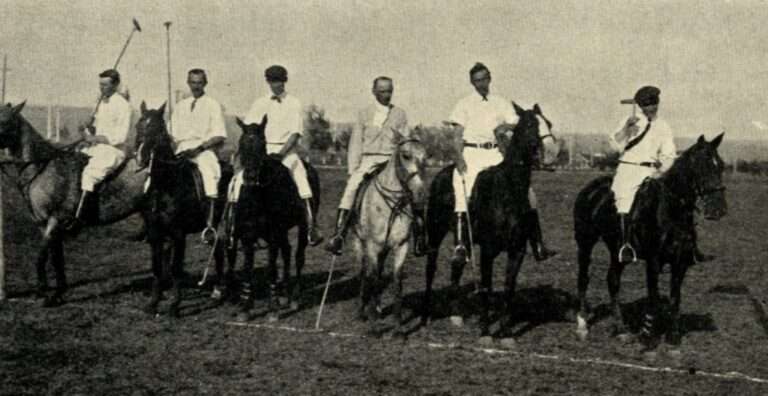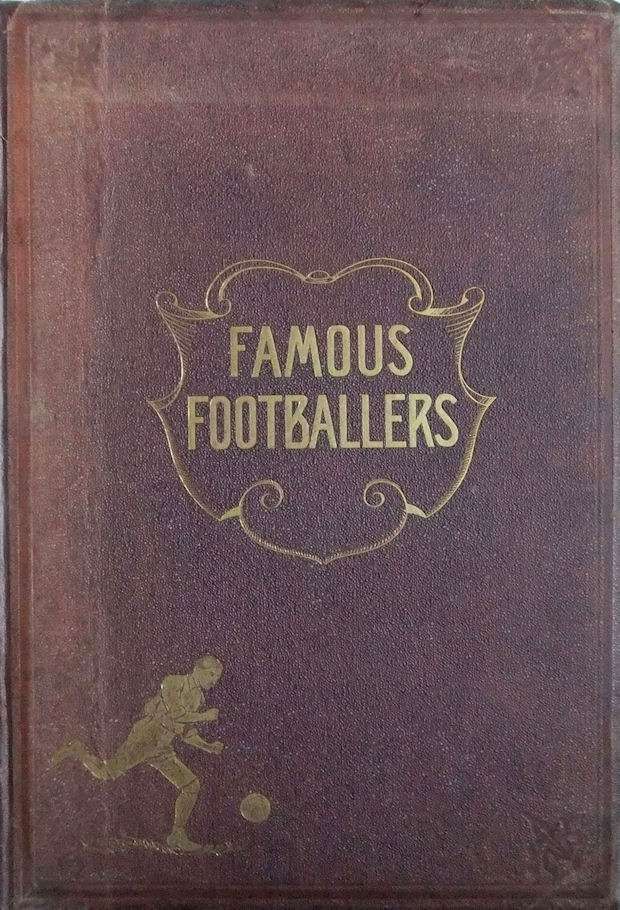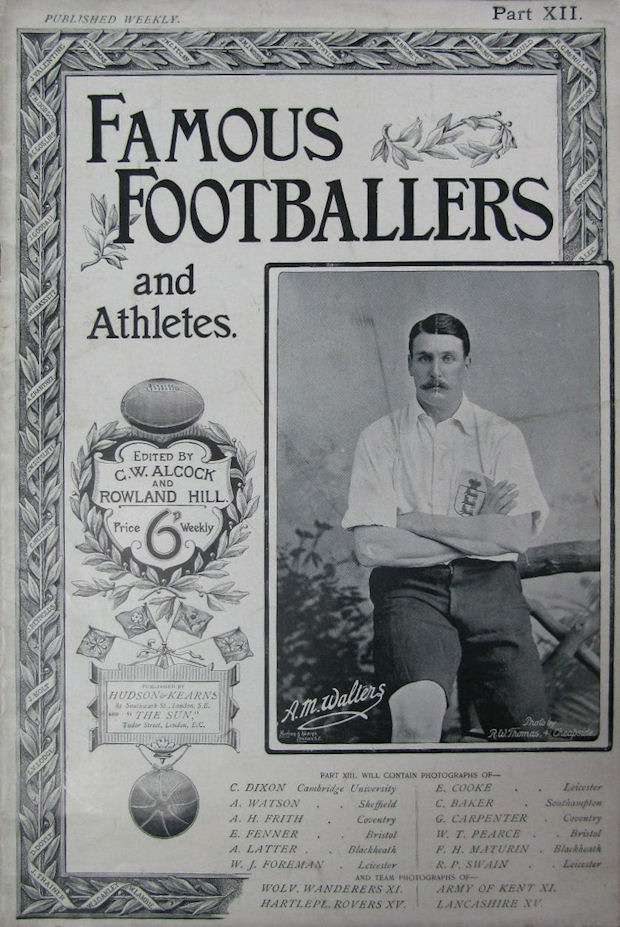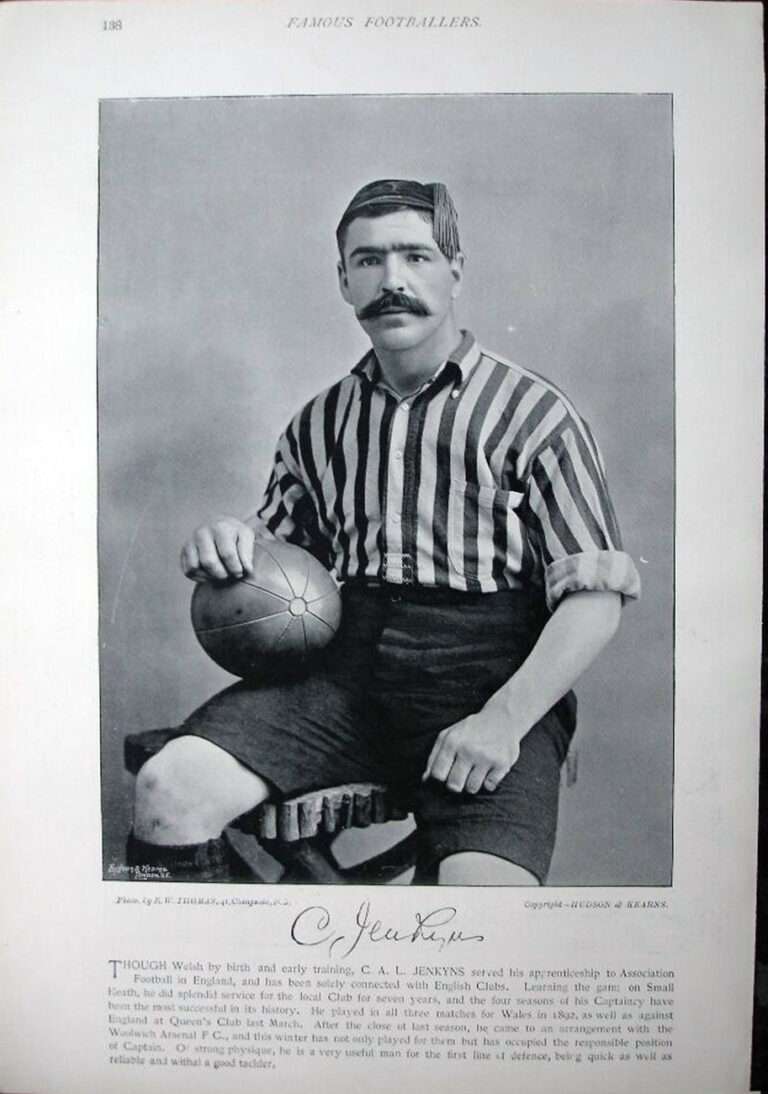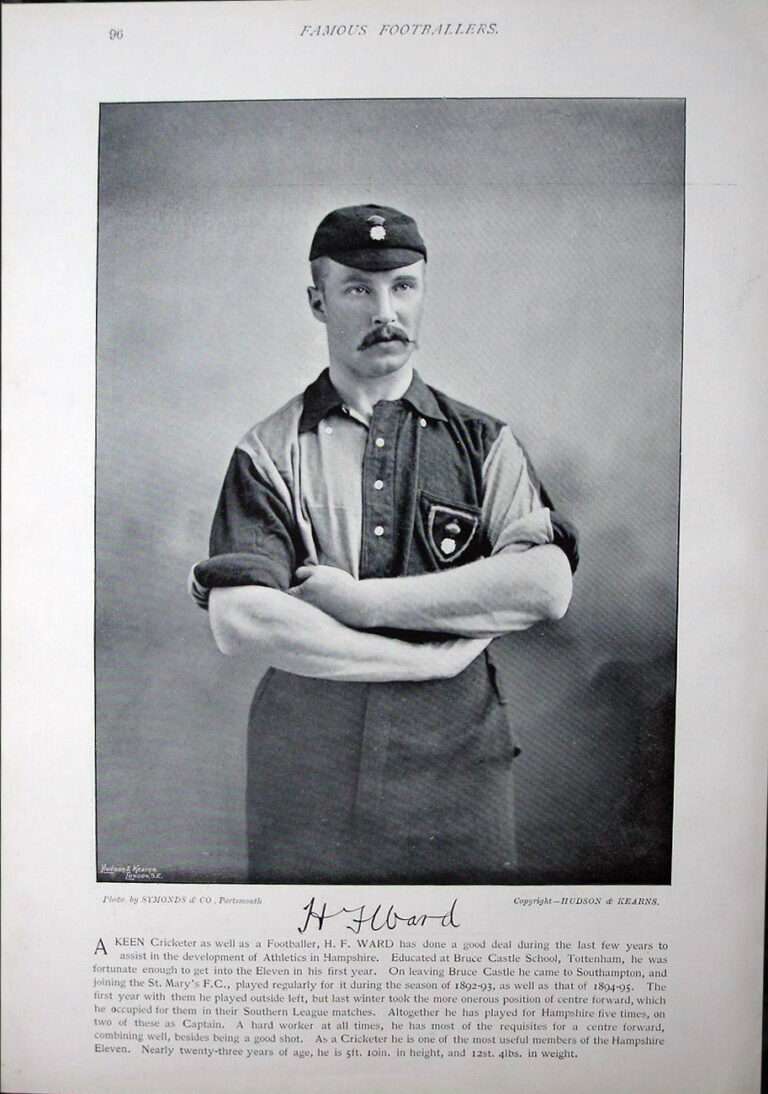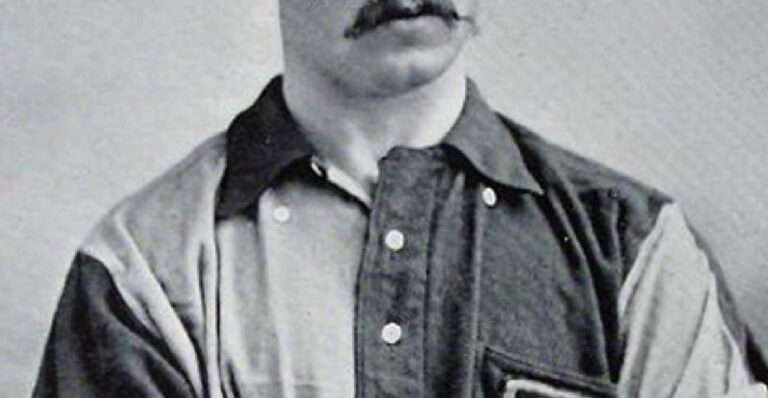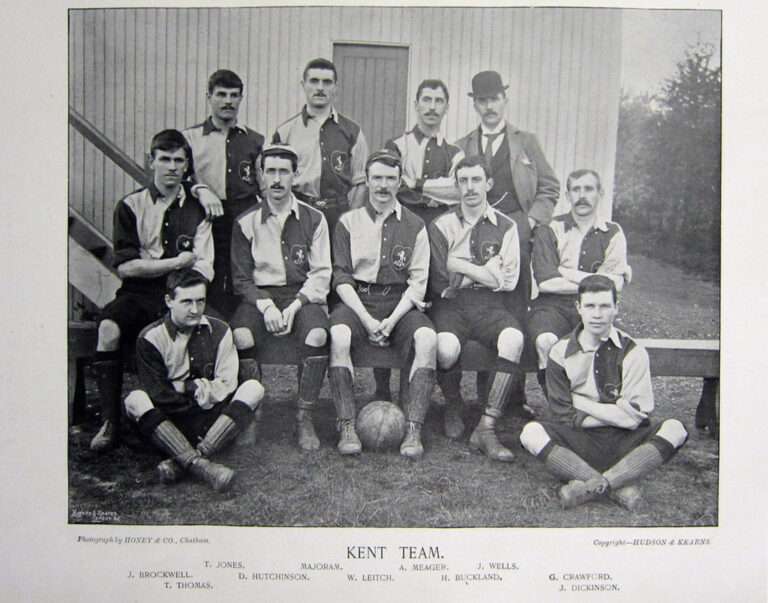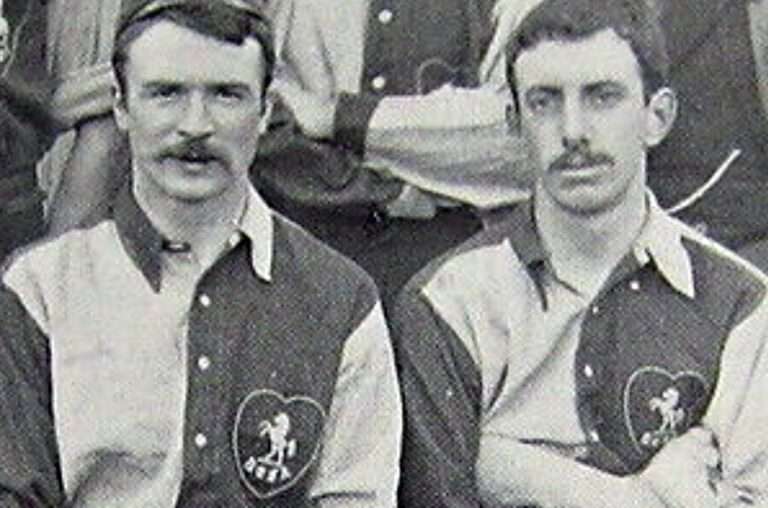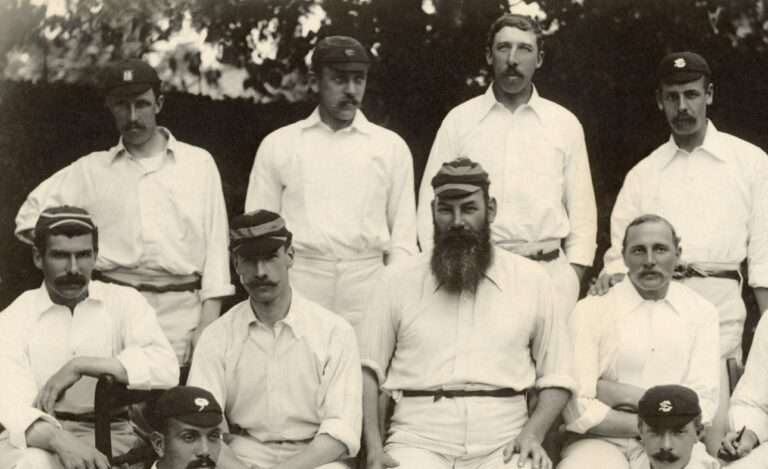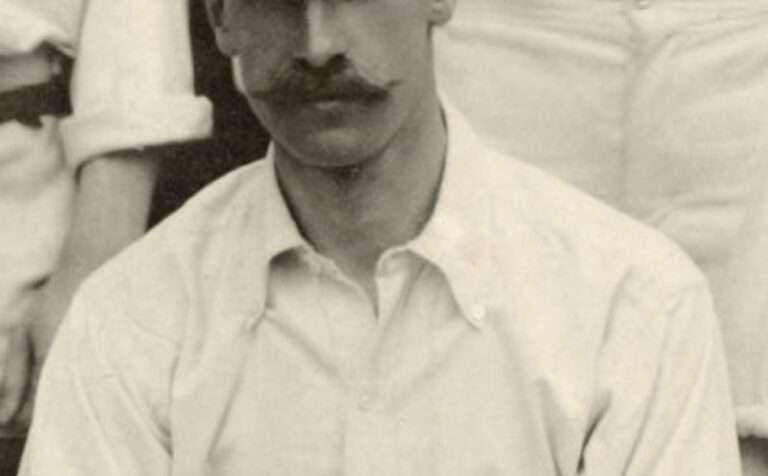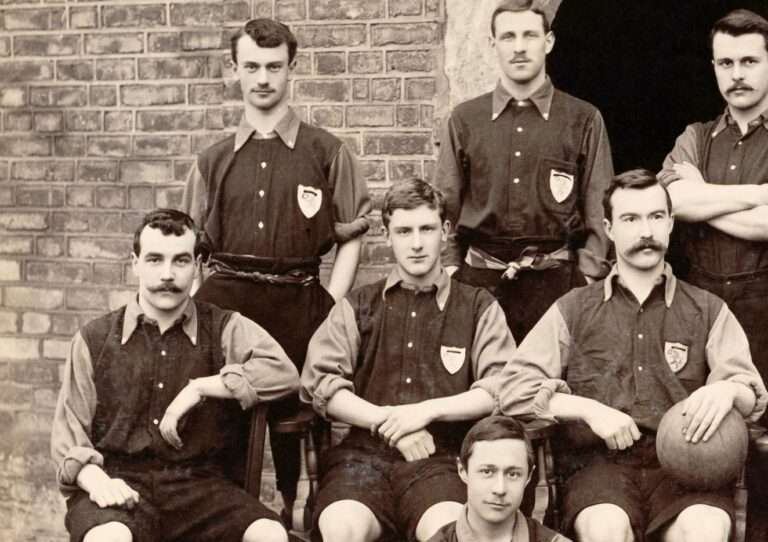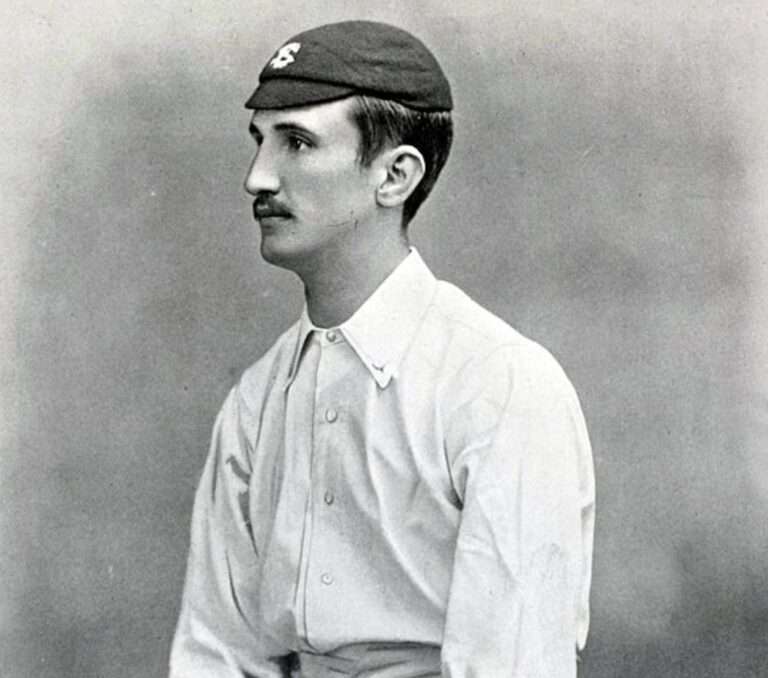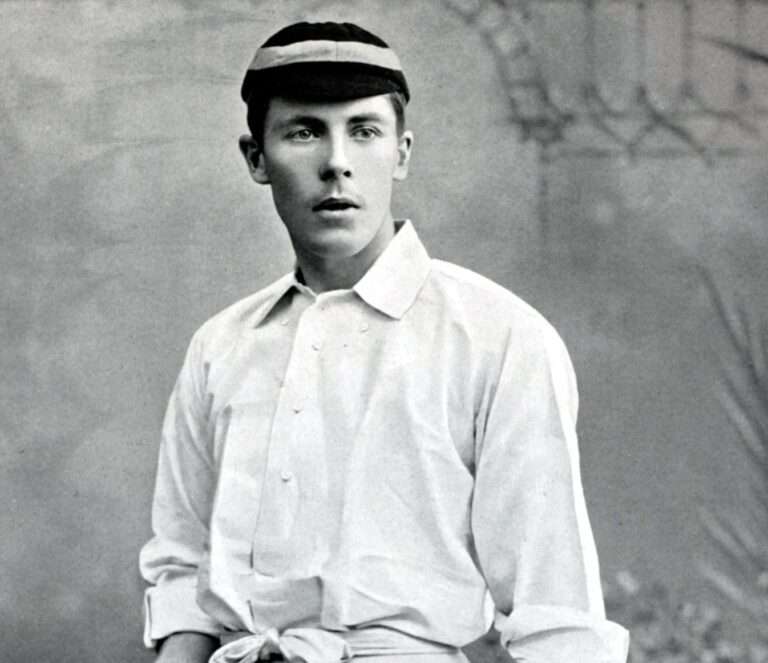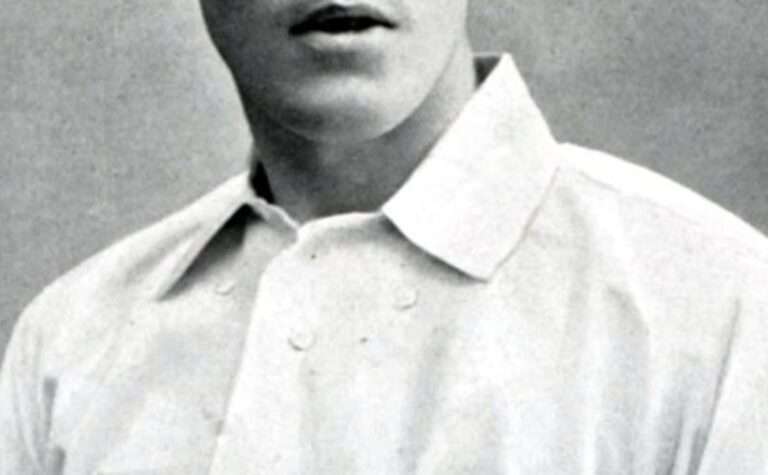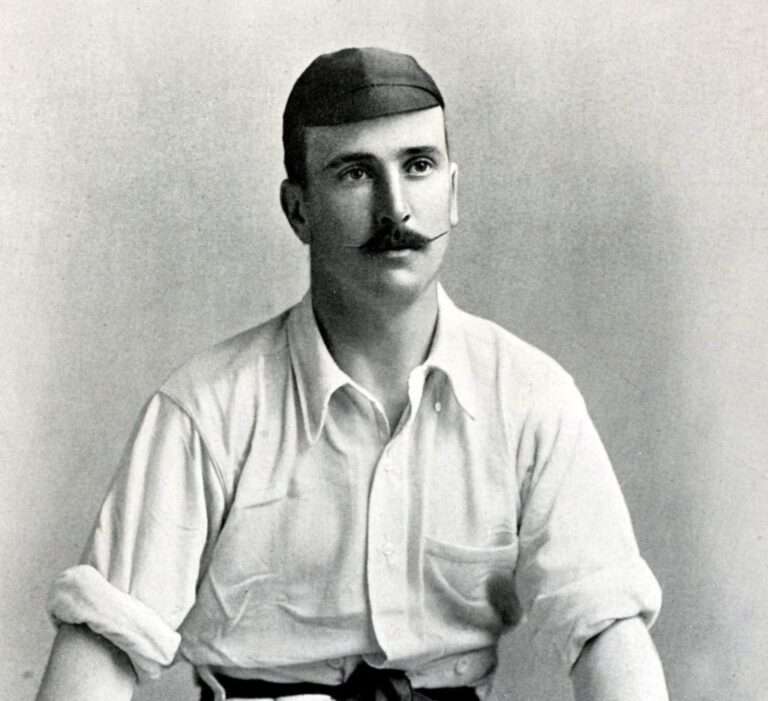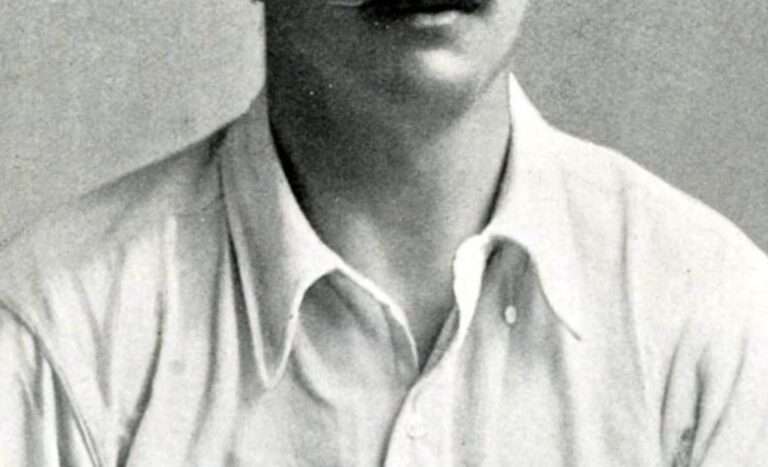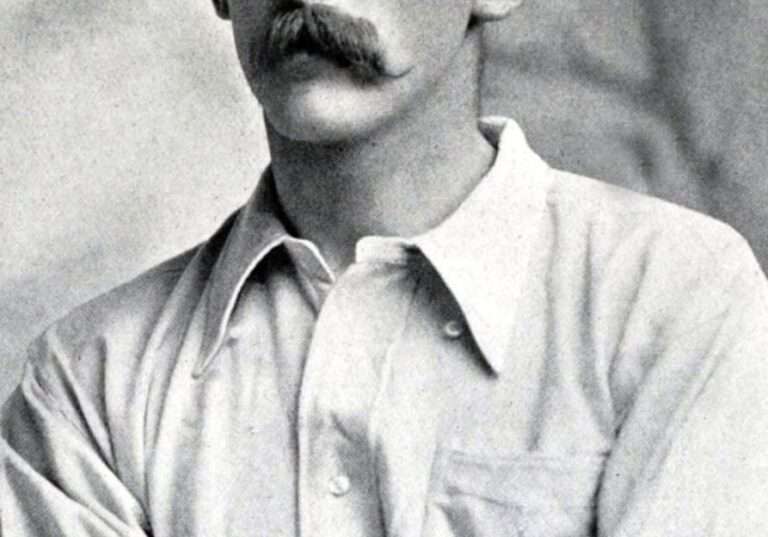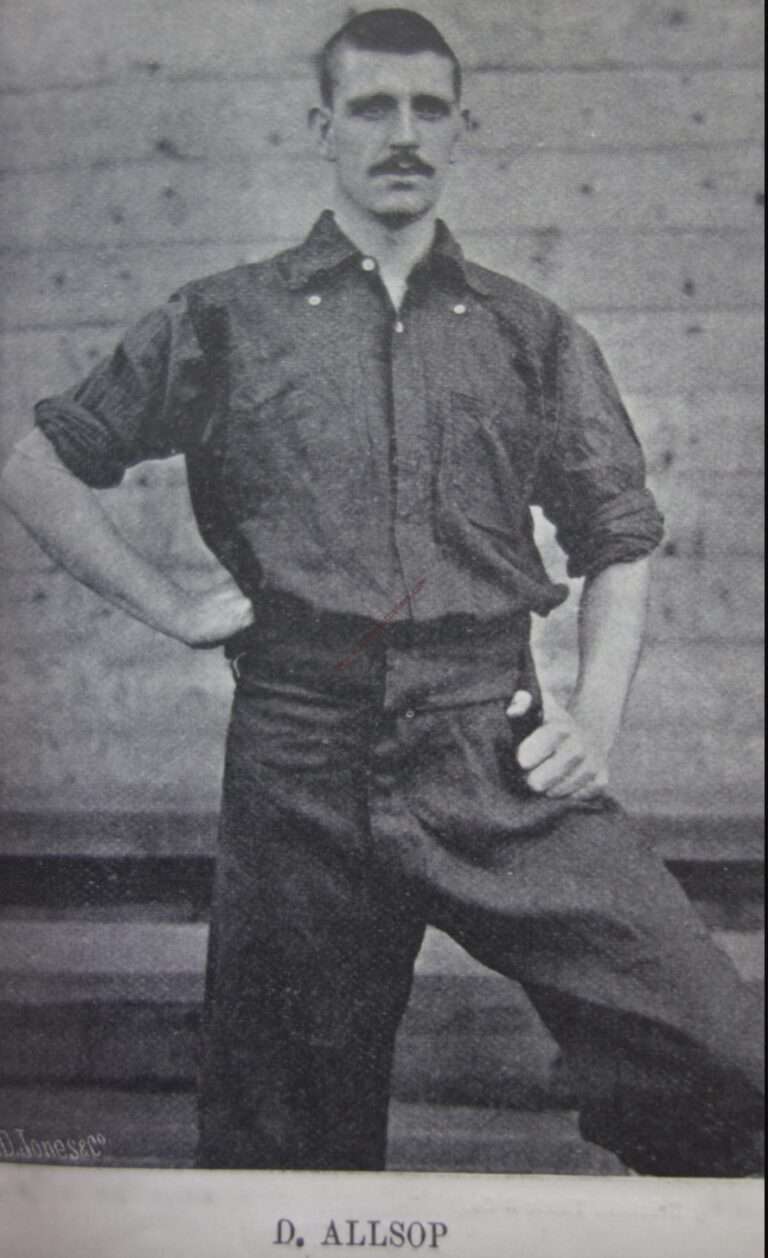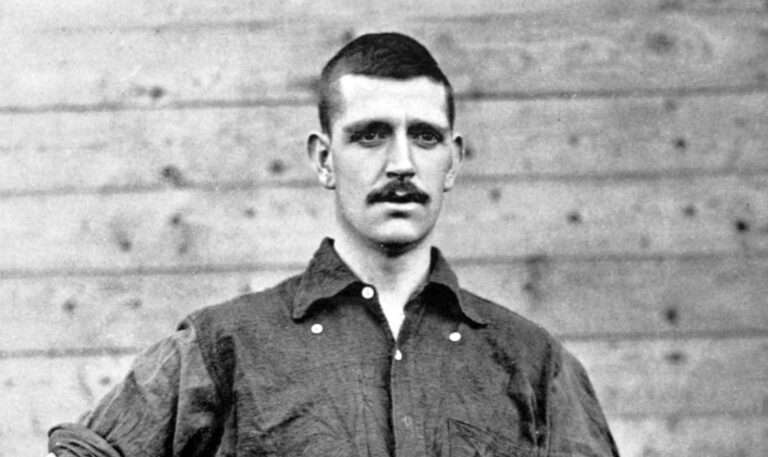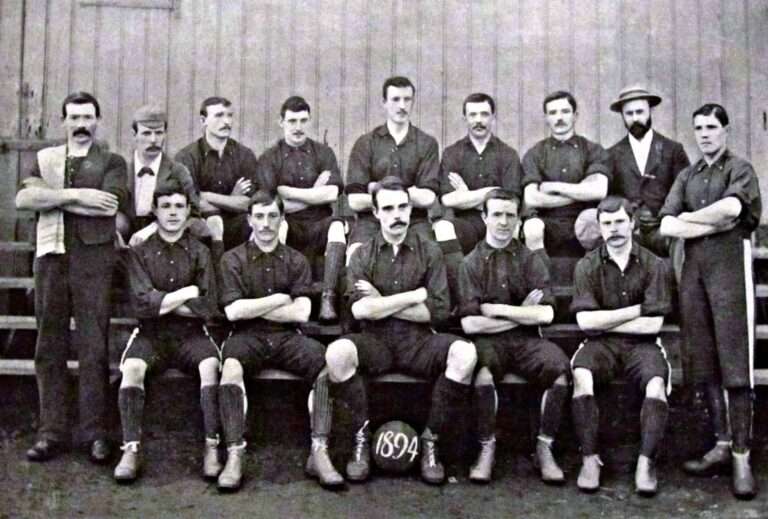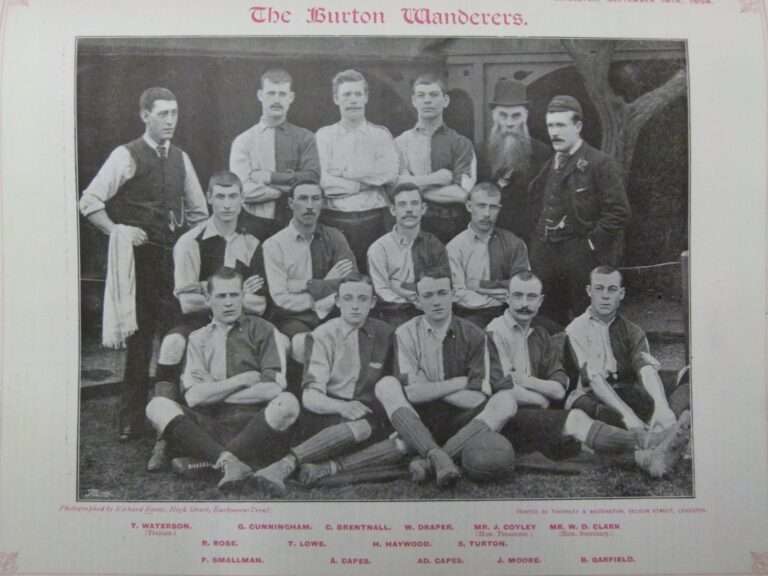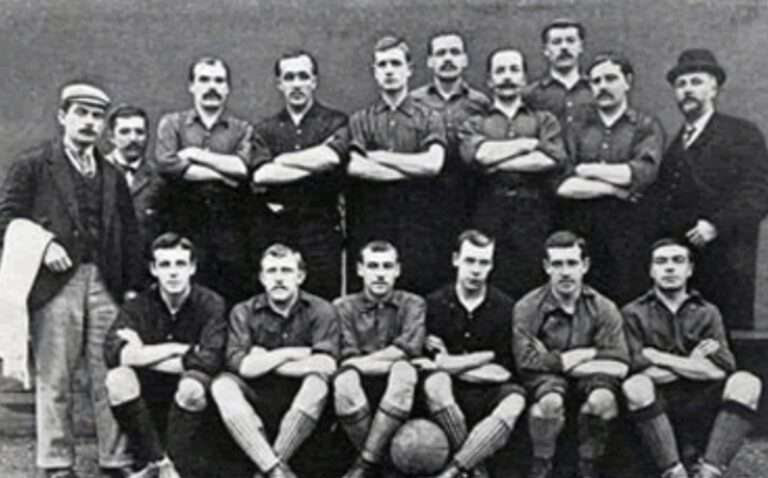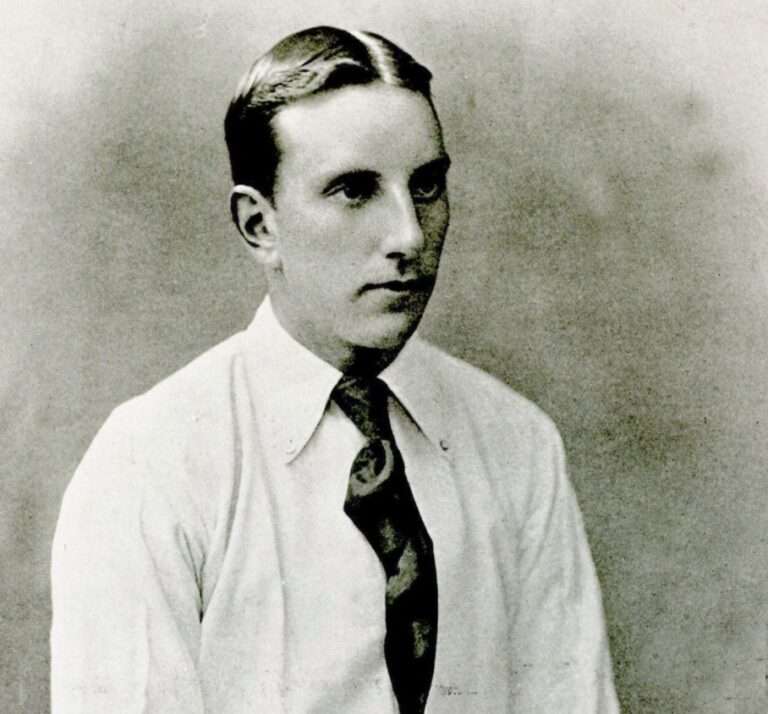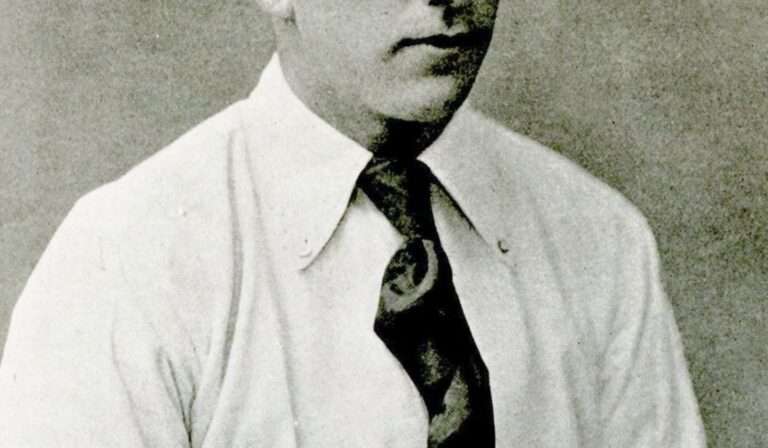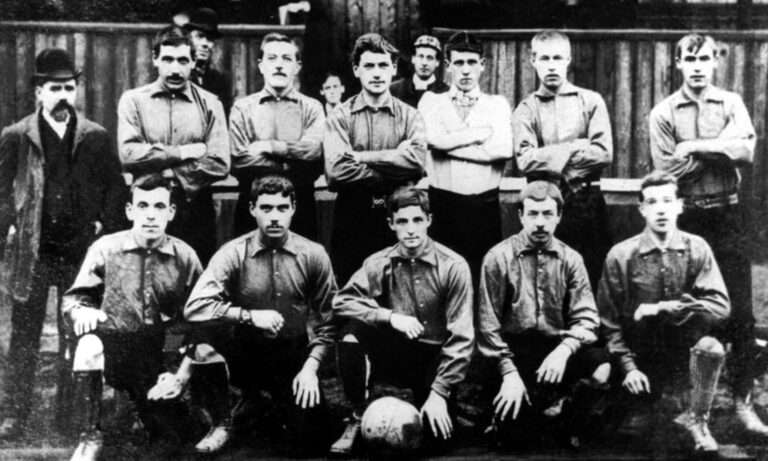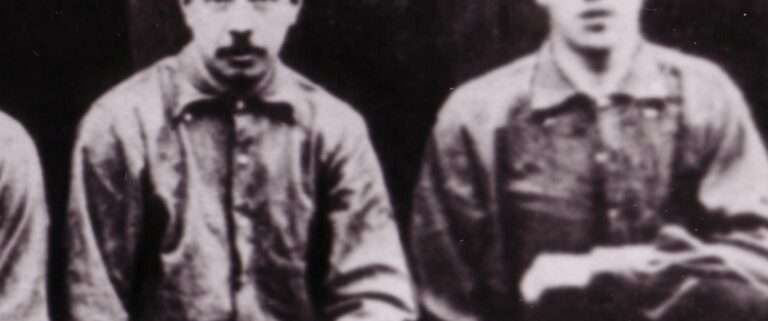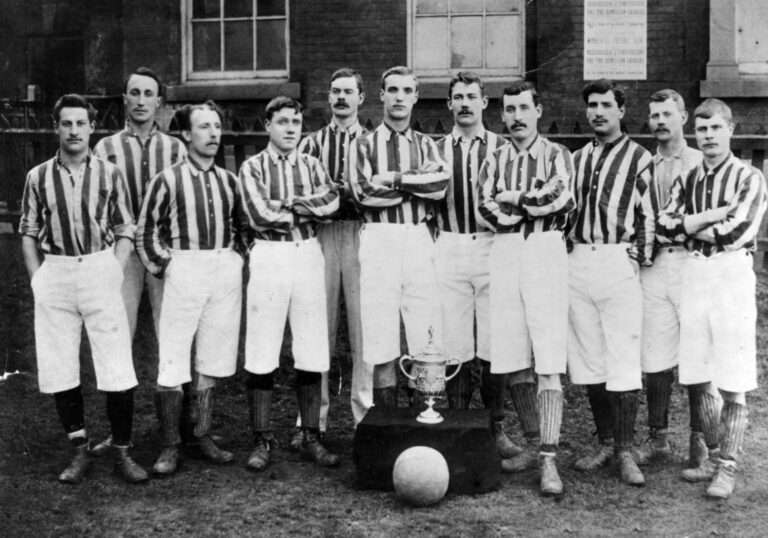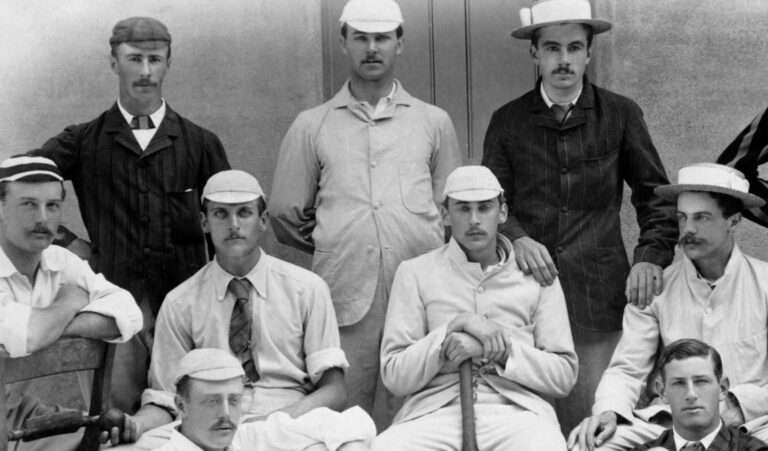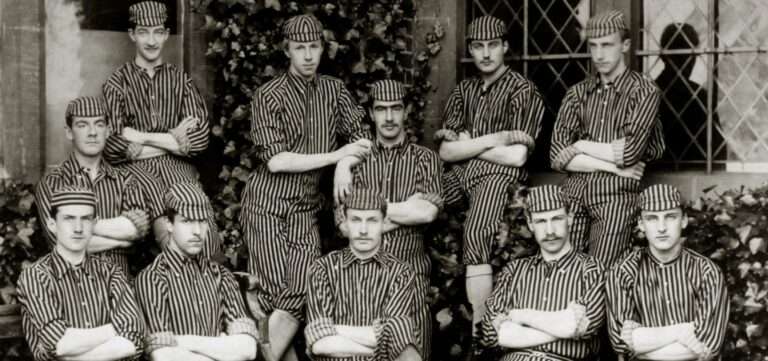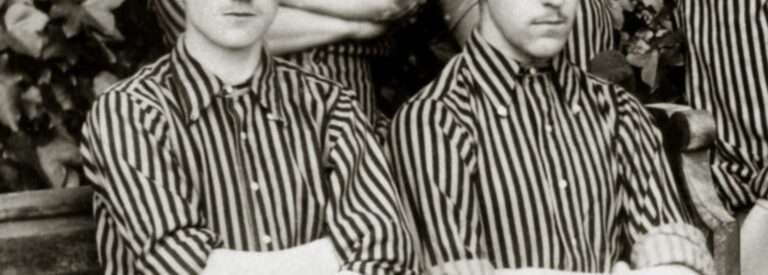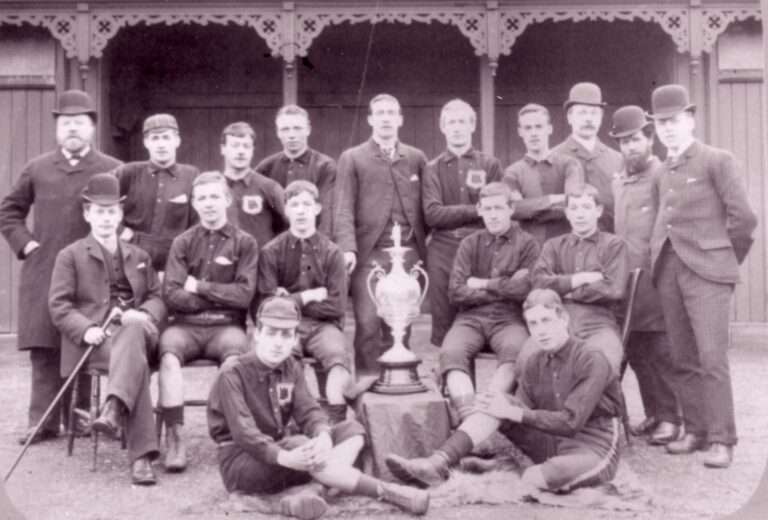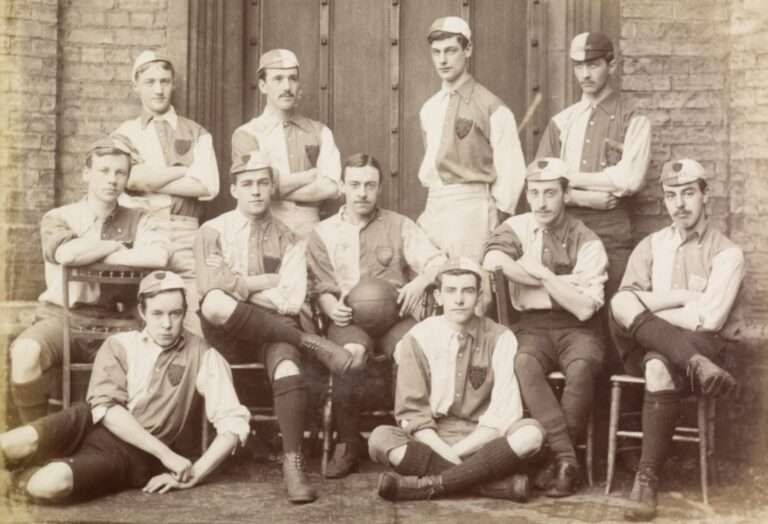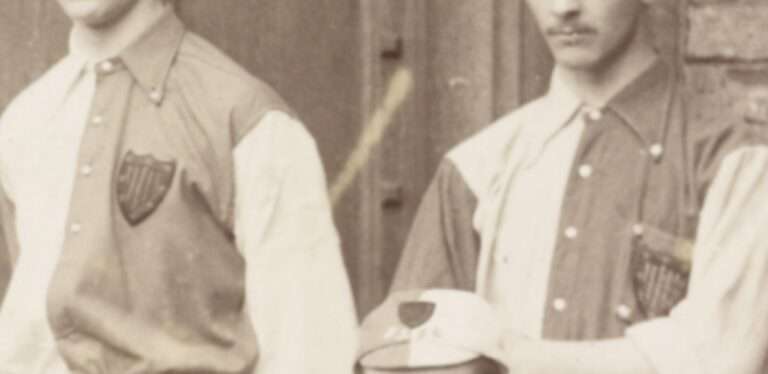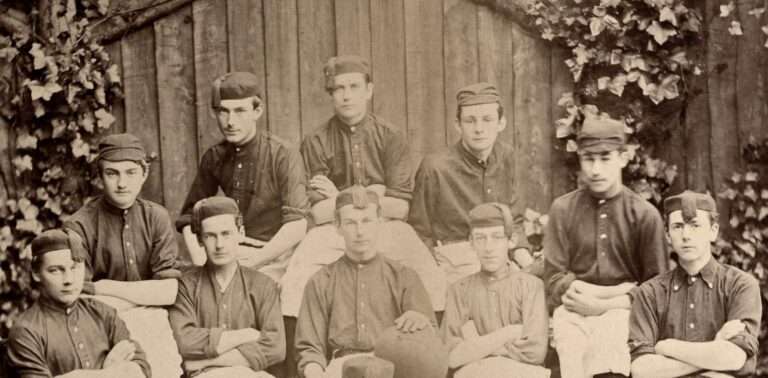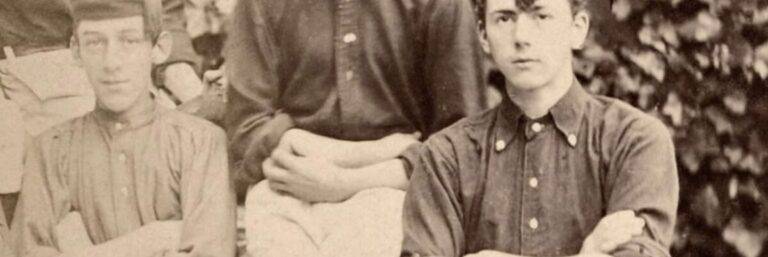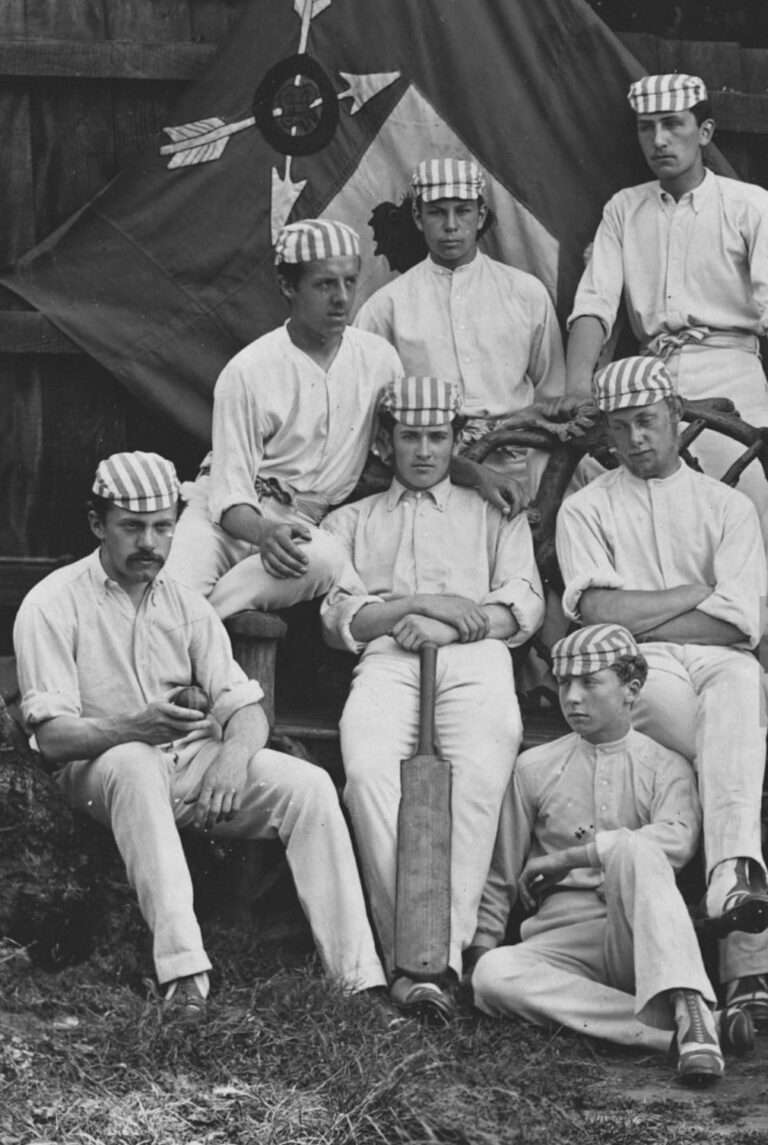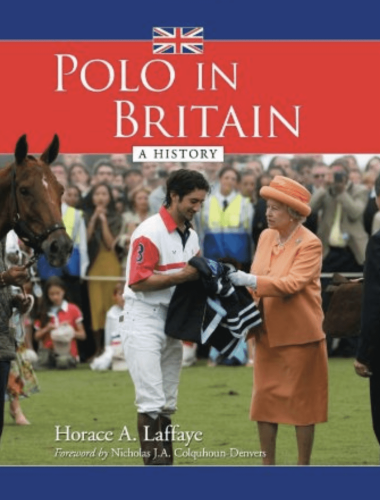They describe themselves on their official page as follows.
“John’s inspiration created a timeless classic”.
The button-down shirt is the eternal standard number of the American classic. No other shirt in fashion items has been imitated so many times. Brooks Brothers calls the button-down shirt the ‘polo collar shirt’ because of an anecdote about its birth. The founder’s grandson, John E. Brooks, was watching a polo match in England when he noticed a button on the collar end of the players’ uniforms. The collar tips were fastened so that the wind would not blow the collars out of the way and interfere with play. In 1896, John E. Brooks brought the uniform back to New York, where it was immediately made into shirts and sold to great acclaim. Without John E. Brooks’ inspiration, the classic shirt would never have been created. Because of this anecdote, Brooks Brothers still calls the shirt the ‘polo collar shirt’.
Since its birth, the specification has been produced almost unchanged, including the beautifully curved roll of the collar, the craftsmanship-filled “Honmaki-sewn” tailoring, and the gathers between the sleeves and cuffs. Models using standard Oxford cloth are still produced at the company’s factory in North Carolina with the pride of “Made in America”.
Pop art genius Andy Warhol is said to have bought 100 white polo shirts as his first reward for his advertising work. Former Fiat general Gianni Agnelli, known as one of Italy’s most famous dandy men, is reported to have visited the New York shop every year and bought polo collar shirts by the dozen. The polo collar shirt has a history of over 100 years and is probably the symbol of the American classic.
This oval portrait depicts John Brooks, son of Henry Sands Brooks, the founder of Brooks Brothers department store.
John Edward Brooks (May 6, 1844 – February 20, 1913) was a New York City attorney and a partner in his family’s clothing firm, Brooks Brothers.
Brooks was born on May 6, 1844 in Rye, New York as the son of John Brooks and Ann Eliza Moseman . In the autumn following his graduation from Yale University in 1865, he entered the Columbia Law School, and received the degree of Bachelor of Laws in 1867, and won the Municipal Law prize. He was in the office of Albon P. Man and John E. Parsons in New York City for two years and in the autumn of 1869, he formed a partnership with his classmate, Payson Merrill, under the name Brooks & Merrill.
In 1873, Brooks withdrew from the law firm, and soon became a partner in the long-established clothing firm of Brooks Brothers, in which he continued until his retirement from active business in 1906. Two brothers had meantime entered the firm. Since his retirement, although retaining his American citizenship, Brooks had lived most of the time in London, with frequent travel on the European continent. He was much interested in yachting, and had crossed the ocean in his own yacht.
On February 20, 1913, Brooks died at his home in London, England, in the 69th year of his life. He was not married.
Brooks Brothers centenary, 1818-1918
The early years of the third quarter-century saw the deaths of Elisha and Edward S. Brooks, and the ad mission to partnership of John E., son of John, and Clarence, son of Elisha.Daniel H. Brooks, last survivor of the sons of the founder of the business, retired in January 1 879, and several of the former employees of the business be came associated as partners, the new firm consisting of John E. and Clarence Brooks, Francis Wagner, Jarvis Weed, Clark S. Hopps, Matthias S. Euen, Hiram S. Armstrong and Francis G. Lloyd. Shortly after this the firm cast its eyes farther uptown, following, as ever, the march of first-class trade.The southeast corner of Broadway and Twenty- second Street, the site of the old Park Theatre, was finally decided upon as a promising location, and in 1884, a year after the opening of the Brooklyn Bridge, they moved to this then fashionable shopping district. The well-known building, a picture of which is shown on page 38, housed the business, after various enlargements, for thirty-two years — a generation — till again the northward urge of business necessitated a removal.
In 1889, Frederick Brooks, the youngest son of John and second brother of John E., was admitted to partnership, and Matthias S. Euen retired, other previous deaths and retirements leaving the new partnership consisting of John E. Brooks, Francis Wagner, Francis G. Lloyd and Frederick Brooks. Another three years saw the retirement of Francis Wagner, while Walter Brooks, another son of John and brother of John E. and Frederick, entered the firm. Mr. John E. Brooks retired from the business in 1896, and in 1903 the co-partnership was changed to a corporation with the following officers and directors.
The “Brooks Brothers Centenary Magazine”, published in 1918, says of John E. Brooks: “John E. Brooks retired from business in 1896. “John E. Brooks retired from business in 1896.” He was a US citizen as a lawyer, but then lived most of his life in England, where he seems to have encountered the button-down shirt.
Advertisements in the early 1900s.
Considerations on collars
In the case of this type, direct sewing is considered the easiest method if flapping is to be suppressed, although this cannot be judged from the photographs and is therefore a matter of guesswork. There is also a possibility that the back of the collar was reinforced in the role of the reinforced cloth or reinforced buttons.
Sew the button directly on the collar
It is considered to be the simplest method of sewing buttons directly from the surface of the collar to reduce flapping of the collar. This type is thought to be the prototype of the button-down.(There may be buttonholes at the collar tip)
The same button-down shape as in modern times. Team group photo. Some players buttoned up and some unbuttoned in the same uniform.
hidden button down COLLAR
Button-down with hidden buttons on the back of the collar as sports around 1900 sometimes involved wearing a tie during play, a type with no visible buttons may have been necessary.
A look back at the history of “polo”
This is an 1895-96 article from Harper’s weekly, a political weekly in New York, USA. It shows that polo was a popular sport among the American upper classes at the time. There does not seem to have been any particular uniform regulations, and different types of clothing were worn even within the same team. Collared shirts already had short sleeves, and there seems to have been a half-sleeved jersey (= prototype of today’s T-shirts, whether wool or cotton is still unknown from the historical background) style.
Harper’s weekly. v.40 1896.
Photo from the 1896 Polo Association Championship, where the shirt of the player in the centre, ‘Joseph S. Stevens’, appears to be a button-down.
Harper’s weekly. v.39 1895.
All Most the universal cause of the accidents inseparable from the fascinating game of polo is what is known as a “cross.” This consists in one player riding in front of another so as to collide with him, or so as to oblige him to slacken his pace to prevent, a collision. Of course there are rules formed to prevent this, but as neither players nor ponies in the excitement and ardor of the game can always act with the regularity of machinery, a certain number of accidents are inevitable. When ponies collide, even at a very small angle, the pace they are going is so great that it usually brings one or both to the ground, and often sends the riders flying through the air yards in front. On the occasion depicted in our illustration the player who was crossed was sent clean out of the saddle, and, turning a complete somersault in the air, fell on his back. Luckily the ground, unlike most in India, where the accident happened, was not very hard, and the player got off with a shaking.
United States Polo Association
Polo was first played in the United States in 1876, introduced by James Gordon Bennett, Jr. (May 10, 1841 – May 14, 1918), who had first observed the game played in England. Bennett came to be known as the father of American polo as it was he who assembled the players, knowledge, equipment and Texas horses to play the first loosely structured matches in the United States. During that winter of 1876, the first game was held indoors at Dickel’s Riding Academy in New York and the first formal U.S. club was established, the Westchester Polo Club.
(May 10, 1841 – May 14, 1918) was publisher of the New York Herald, founded by his father, James Gordon Bennett Sr. (1795–1872), who emigrated from Scotland. He was generally known as Gordon Bennett to distinguish him from his father. Among his many sports-related accomplishments he organized both the first polo match and the first tennis match in the United States, and he personally won the first transoceanic yacht race. He sponsored explorers including Henry Morton Stanley’s trip to Africa to find David Livingstone, and the ill-fated USS Jeannette attempt on the North Pole.
This is ‘Outing :sport, adventure, travel fiction’, an American magazine covering outdoor sporting activities from the late 19th to the 20th century.Polo is also featured here, indicating that it was already played extensively in the USA and was a popular sport at the time.There seems to be no specific uniform here either, with a mixture of shirt and jersey types.
Outing; sport, adventure, travel fiction. v.26 1895 Apr-Sep.
1876 First Played In The United States
Harper’s weekly. v.20 1876.
The exhilarating and healthful game of polo has already become quite popular among New Yorkers, and a large number of invited spectators gathered at the grounds of the Westchester Polo Club, at Jerome Park, on the afternoon of June 6, to witness the first of the series of match games to be played for the Challenge Cup presented to the club by its president, J. G. BENNETT, Esq. The game was commenced about half past six, after the races. The club grounds were in fine order, and the playing was very spirited. According to the terms under which the cup was presented to the club, the owners of the first ten names that were drawn from among those of the eighteen playing members of the club were to play the first game, the first five against the second five. The side making the greatest number of goals during an hour and a quarter was to be the winner of this game, and the winners were to play on the following Saturday against the next five drawn from the remaining eight members of the club, and so on every following Saturday until the cup is won in three successive matches by one side, when it becomes their personal property. In the game we illustrate the “Blues” defeated the “Reds” by a score of eight to two; but the playing on both sides was animated and skillful. Polo is a modification of a game which the officers of the British army learned in India, something like the old-fashioned game of “shinny.” The English officers, finding the Indian climate unfavorable to scampering on foot after a ball, discovered that they could mount a pony and play the game equally well, and with less fatigue to themselves. By the rules of the Westchester Club, the limit as to the height of the ponies has been fixed at fourteen hands, and the mallets to be used must be four feet eight inches in length. The ponies are “hog-maned,” and their tails are cut short. They are Mexican mustangs of the best breed, the finest that money could secure. Careful training in the game has made the ponies very docile and obedient to the slightest touch of the bit, a matter of extreme importance to polo players.
Polo in Britain: A History
So what was the history of Britain on the other hand? In ‘Polo in Britain: A History’ it is written that
Polo in Britain: A History By Horace A. Laffaye
Edwardian print of Edward (‘Chicken’) Hartopp (1845-1902), a British Officer in the 10th Hussars. He took part in the first polo match in England as well as being responsible for drafting the rules of polo in England.
1860 The Oldest Polo Club “The Calcutta Polo Club” in India
Can you give us a brief introduction to the Calcutta Polo Club’s history?
Polo began in Calcutta in 1853 when two British soldiers, Captain Robert Stewart and Major Gen Joe Sherer, witnessed a game of “Sagol Kangjei” being played by locals of Manipur. Both officers were so captivated by the experience that they quickly introduced the game to their peers. This was followed by the establishment of the “Calcutta Polo Club” in 1860.Thereafter the club created the new organized format of the game and set “The first rule book for Modern Polo”.
Polo in Calcutta also enjoyed the patronage of royalty like the Maharaja of Burdwan, Maharaja of Cooch Behar, Nizam of Hyderabad, the Duke of Edinburgh, Prince of Wales and Sultan of Brunei. They rubbed shoulders with Indian polo stalwarts like Maharaja Sawai Man Singh of Jaipur, Col Maharaj Prem Singh, Rao Raja Hanut Singh among others on the Pat Williamson polo grounds.Polo in Calcutta was historically the ultimate in entertainment and synonymous with winter. It was the time for commoners to join the Christmas revelry with royalty and top-ranking army men. Legend has it that the charming Maharani Gayatri Devi fell in love with Maharaja Sawai Man Singh of Jaipur here in the city of joy.Well it is the club it’s self, with the tag of the oldest polo club in the world. Besides that, the first ever polo trophy, the Ezra Cup was introduced here in 1880 and named after Sir David Ezra. Ezra was a leading business tycoon in Calcutta who patronized the sport in the city.The Ezra Cup is one of the oldest tournaments ever played. The Calcutta Polo Club grounds overlook the Victoria memorial on one side and the Hooghly Bridge on the other, making it one of the most breathtaking backgrounds at any polo ground.
Polo Weekly – Interview with the Calcutta Polo Club
1876 manipur polo team vs calcutta ,January 1st 1976.
The Gun Club was formed in 1860 at the Hornsey Wood Tavern which stood in what today is Finsbury Park in Harringay, London The creation of the park in 1867 forced a relocation and Frank Heathcote received the permission of Richard Naylor to promote live pigeon shooting at his Hurlingham estate. His next step was the formation of the Hurlingham Club for this purpose and ‘as an agreeable country resort’.The club leased the estate from Naylor in 1869 and in 1874 acquired the land outright for £27,500 The pigeon today forms part of the club’s crest. Until 1905, clouds of pigeons were released in the summer from an enclosure near what is now a tennis pavilion. The Prince of Wales (later King Edward VII), an early patron, was a keen shot and his presence ensured the club’s status and notability from the beginning. The current patron is Prince Philip, Duke of Edinburgh.
In 1873, the club published the rules of polo, which are still followed by most of the world to this day. Polo was first played at the club on 6 June 1874. On 18 July 1878, the club along with Ranelagh became the first to play a sports match under floodlights.In 1886, the club hosted the first international polo match between England and the United States.The polo matches for the 1908 Summer Olympics were played at Hurlingham. Three teams entered: Hurlingham, Roehampton Club, and a combined British and Irish team. Roehampton won. The Westchester Cup was played at the club in 1900, 1902, 1909, 1921 and 1936. Before the Second World War, Hurlingham was the headquarters of British polo. The governing body of British polo is called the Hurlingham Polo Association.However polo is no longer staged at Hurlingham after the size of the club was significantly reduced after the war when the polo fields were compulsorily purchased to build council housing (the Sullivan Estate).The Guards Polo Club in Windsor Great Park has succeeded to the status of the leading British polo club.
In 1873, the club published the rules of polo, which are still followed by most of the world to this day.
Early historical trends concerning polo
This means that if hearsay is correct, “buttons were added to shirt collars between 1869 and 1896”. The Hurlingham Club Rules of 1873 stipulate dress as follows. “The dress of the Hurlingham Club is a height blue jersey or shirt (omitted) Second collar is a white shirt or jersey.” It is clear that shirts and jerseys could be worn from the early days
Newspaper illustrations from the time show a mixture of shirts and jerseys (knitwear).
Consideration of photographs of polo players around 1893-1894, pre-Brooks Brothers, shows evidence that some players still competed wearing ties (they may have removed them during competition). As the Hurlingham rules allow jersey knitwear to be used as a uniform, the collar could be fully fixed or jersey could be used if the flapping of the collar is an obstacle. It is felt that it would be unnatural to fully fix the collar itself when a tie is worn, so this may be another reason why the collar has to be detachable (button-down). This could also be one of the reasons why the collar has to be detachable (button-down).
In photographs of polo players in the second half of the 19th century, the ratio of shirt to jersey is half and half. Also, not all collars of players who wore the shirt type were button-down collars, although this is not certain because the photographs are unclear (only a few players who seem to wear button-down collars can be seen in the published photographs, but their authenticity is not known).
Sports in the Victorian era.
The beginnings of class culture sport in Britain, which gave birth to modern sport.
The sensibility of the urban citizenry, which had gradually grown with the Industrial Revolution from the end of the 18th century onwards, came to dislike the ‘coarse’ side and to value temperance and order. Rather than a return to the Puritan world, this was probably due to the growth of urban citizens, the dismantling of rural areas and changes in social relations: in 1835, a law was passed forbidding ‘animal bullying’ (e.g. shooting at pigs as targets), which was openly practised at public festivals and entertainment, and the Public Road Act enacted the same year prohibited football and other The Public Roads Act enacted in the same year provided for fines for obstructing traffic with games such as football. The 19th century can be seen as the century that revolutionised sporting history. The leaders of this revolution were public school pupils and students and alumni of Oxford and Cambridge universities. Many of them came from the British ruling class of gentry.
Gentries were ancient landowners in various regions, lords of manors who were responsible not only for the management of their estates, but also for administration and justice. They provided favours and entertainment for their subjects, if they were sensible enough to do so. They lived a double life in the cities and moved their sphere of life to other parts of the country. At the same time, they tried to educate their children to become gentlemen by sending them to boarding public schools in the suburbs. The public schools taught the ruling class culture with a focus on the classics and the humanities. In the early 19th century, mental and physical training through physical activity was added to this and occupied an important position. In the context of school life, where diligence, temperance and perseverance were emphasised, it was natural that rules would be formed for physical activities, which had been chaotic. For example, in the village-to-village football matches discussed in the previous section, only the position of the goal was determined and the matches were played over an area of many kilometres. With no referee, violence and vandalism were frequent and frequent, and it was not surprising that the Puritans looked on them with a blank stare. Public schools have to operate in limited school grounds. Endline and sidelines are created by nature, and distances between goals are established. Rough play would also be prohibited. To enhance safety, what not to do was defined. Can be described as ‘the discovery and invention of rulemaking’.
They led the organisation of football in 1863, followed by the formation of rules and the organisation of national uniformity in various sports. The main organisations established were: mountaineering in 1857; association football (football) in 1863; athletics in 1866; swimming and polo in 1869; rugby in 1871; sailing in 1875; cycling in 1878; skating and rowing in 1879; boxing in 1884; hockey in 1886 Hockey, 1888 tennis, 1895 badminton, 1898 fencing, with modern sports being organised almost by the end of the 19th century. Incidentally, in public schools, pupils were left to their own devices in the name of ‘autonomy’. This led to constant trouble with the surrounding population, which Thomas Arnold, who was appointed headmaster of Rugby School at the beginning of the 18th century, set out to change. The school’s education emphasised hard work, temperance and perseverance. However, it is believed that he had no intention of using physical exercise in education. The movement was introduced by his pupils and the activity was called “Athletism”.
Before advocating the revival of the Olympic Games, Baron Pierre de Coubertin, a Frenchman, travelled to the UK and observed sports education in public schools. He focused on the educational effects of sport as well as its competitive nature, especially its effect on human development, and founded the modern Olympic Games on the basis of sports education in the UK, with the implication of world peace.
Families and children in the Victorian era
The Victorian era was, of course, the golden age of modern British history, a time of peace and prosperity, plenty and freedom, faith and hard work, and a society full of vitality. As the Empire on which the sun never set, the UK reached its zenith in this period by establishing Pax Britannica (peace through Britain) over the world. However, in contrast to the outward prosperity, the lives of the lower classes were extremely miserable, with the streets of London teeming with the poor and socially disadvantaged, the elderly and children, so severe that it is doubtful how many of them would have lived happily ever after. It became a major social problem.
Public schools and athletisism
Public schools in the mid to late 19th century were strongly influenced by an educational philosophy known as athletism. This philosophy emphasised the importance of group sports as an effective educational tool for character development, and group sports such as cricket, football, rugby and rowing were seen as important for developing manhood, endurance, cooperative group spirit and a spirit of fair play. This idea of athletism reached an unusual degree of overheating at the time. As a period, it was around the time of the outbreak of the Boer War, when the momentum of British imperialism was growing. Public schools, Britain’s unique schools for elite education, developed as preparatory schools for entry to Oxford and Cambridge universities. Boys aged 8-9 were admitted and were expected to graduate between the ages of 18 and 20.
The aim of public school education was to train gentlesmen: 19th-century British society was a class society with a pronounced cultural status system, with a distinction between gentles and non-gentles around the upper middle class level. Gentlemen included upper-class aristocrats, church clergy, barristers, internal medicine, army and navy officers, senior officers, professors at Oxford and Cambridge, and public school teachers. Later, surgeons and civil engineers also came to be regarded as gentlesmen, and were positioned as a respectable class. To become a Gentleman, it was necessary to acquire a Gentleman’s culture, i.e. to be educated, to know what it meant to work, to be purposeful, to be aware of a sense of mission and responsibility, and to learn what would serve as the elite training principles of the British Empire or welfare state, and going to public school was essential to this.
However, if athletics was to be recognised as a means of education, the school had to have an educational philosophy to justify it. The prevailing spiritual motivation for using athletics as a means of education came from the liberal arts education that had existed since ancient Greece, which was thought to be very good for education as it enabled the maintenance of a sound mind and body through the development of a sound physical body. This new educational philosophy of physical fitness was not limited to the educational world, but spread throughout society. The motto “A sound mind is born of a sound body” spread rapidly during this period. The new idea of Muscular Christianity, which justified physical fitness with Christianity, advocated the effectiveness of sport: “We are the work of God’s creation, and we gain wisdom and knowledge through daily study, but to do this we must achieve physical fitness”. It was widely accepted that to be a strong gentleman, one needed to have a strong body, practise sport, maintain manliness and hero worship.
Courage, spirit, perseverance, vivacity, self-control, discipline, cooperation and group spirit were important qualities for winning, and these were sought in sports, which required manliness, and athleticism gained momentum. This led to a major expansion and improvement of the sports grounds in each public school, so that many cricket, football and rugby matches could be held at the same time, as well as the construction of huge nets around the school to protect the playing fields.
1895-96 Famous Footballers and Athletes
Now here’s a book: featuring famous British footballers from the 1895-96 season. This was before John E Brooks brought back the polo button down. From here we can go back in time and look at the history of sports shirts.
Emmanuel College Cambridge Football Team
1895, Cricket, John William Sharpe, Surrey,
1895 Cricket Harold Arthur Arkwright, Oxford University,
1895 Cricket Walter Troup played W,G,Grace as County captain
1895 Sir Walter Coote Hedley
1895, D,Allsopp, the Nottingham Forest goalkeeper
Millwall Athletic Football Team, August 1894
the burton wanderers“The Wyvern” of the 14th September 1894
Emmanuel College Cambridge Football Team
Leslie Hewitt Gay, Somerset 1894
Newcastle United team, pre-black and white stripes, mid-1893
Newcastle United team, pre-black and white stripes, mid-1893
The Hon. Martin Bladen Hawke, now Lord Hawke, was born on the 10th August, 1860. He has taken a very prominent part in Yorkshire County Cricket, and the game has no warmer supporter. He first repre sented his county in 1881, and was chosen captain of the team in 1883, a position which he has filled most satisfactorily. Always a hard worker, he has the power of stimulating his team to do their best, and he has fought pluckily for years to give Yorkshire a better position amongst the counties. His style of batting is excellent, as he plays both forward and back with equal confidence, and comes down on the ball clean and hard. Few batsmen hit more freely, his driving being par ticularly good ; and he always plays the game, whether it be a winning or losing one. And when he is in for one of his long scores no one can bat in better style. As one or two critics have remarked, “When he makes runs, he gets them as well as anybody.”He represented Cambridge University in 1882 and 1883, and was captain of the eleven in 1885; and he also played in Mr. Vernon’s Australian team in 1887-8, and Indian team in 1890.
©︎ Wikipedia
Cambridge University cricket team, circa May 1889.
The Harrow Association Football Team, 1888
Cambridge University team Autumn 1886.
St John’s College football 1884-85.
The Harrow School Football XI, photographed in 1879.
※ Not definitive as it could be a later date based on the accuracy of the photograph
Harrow School Eleven Cricket Team 1869?
It was confirmed that button downs had existed before John E. Brooks brought them back to the USA from England in 1896.
As this happened more than 100 years ago, we need to do a bit more research to find out if it is true or not, but is there not enough information to make the conventional and plausible hearsay that the button-down collar was “to keep the collar from flapping during polo matches” correct as it is?
Based on the results of the above studies, the following hypotheses should be made
